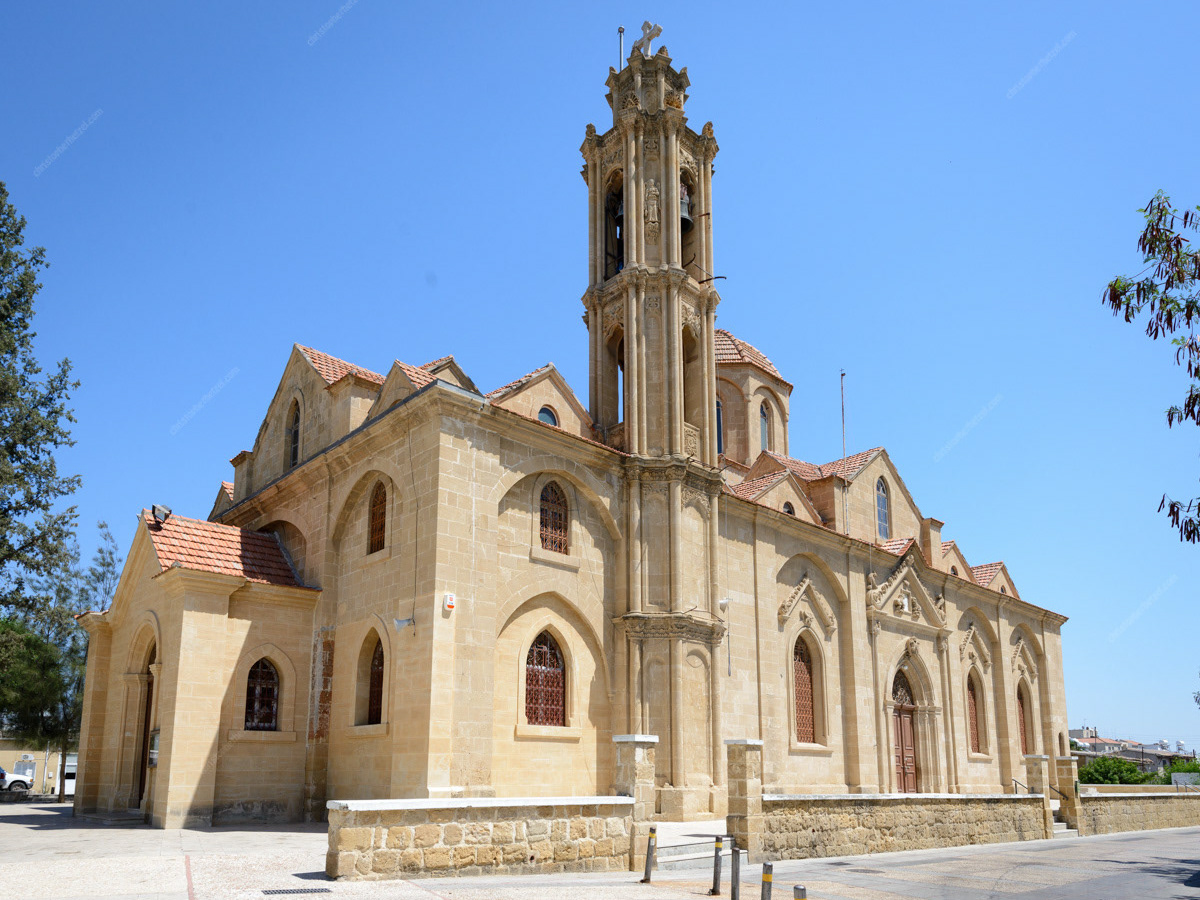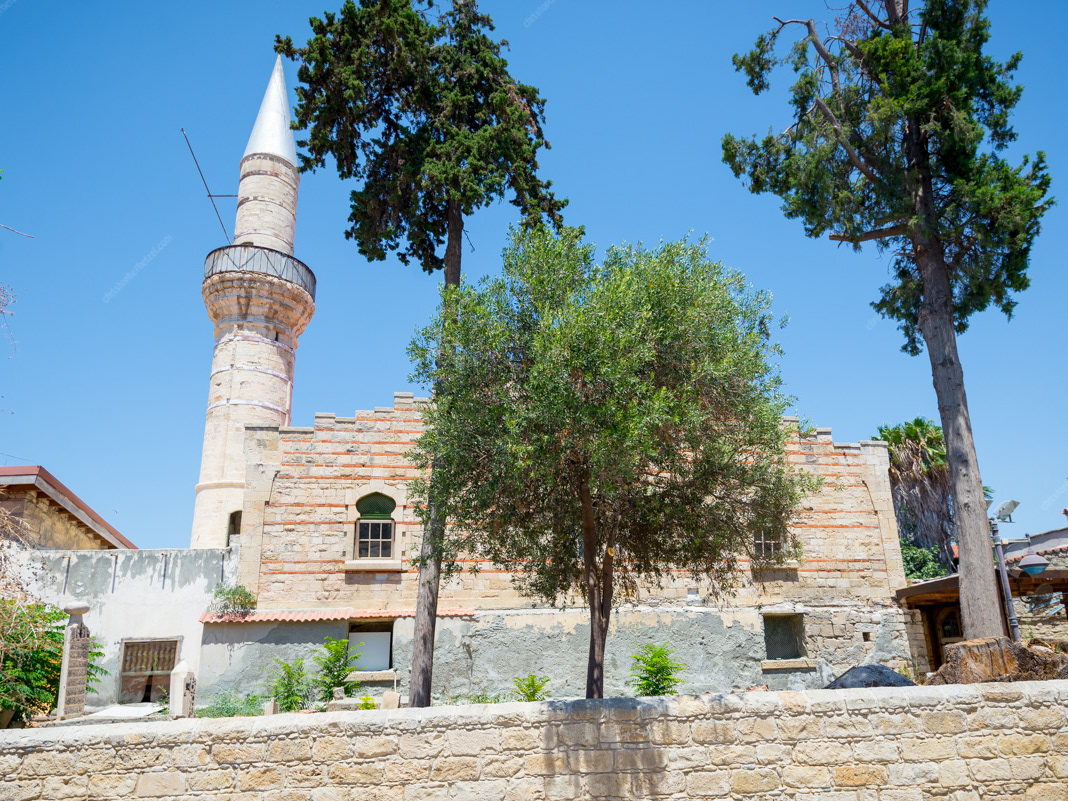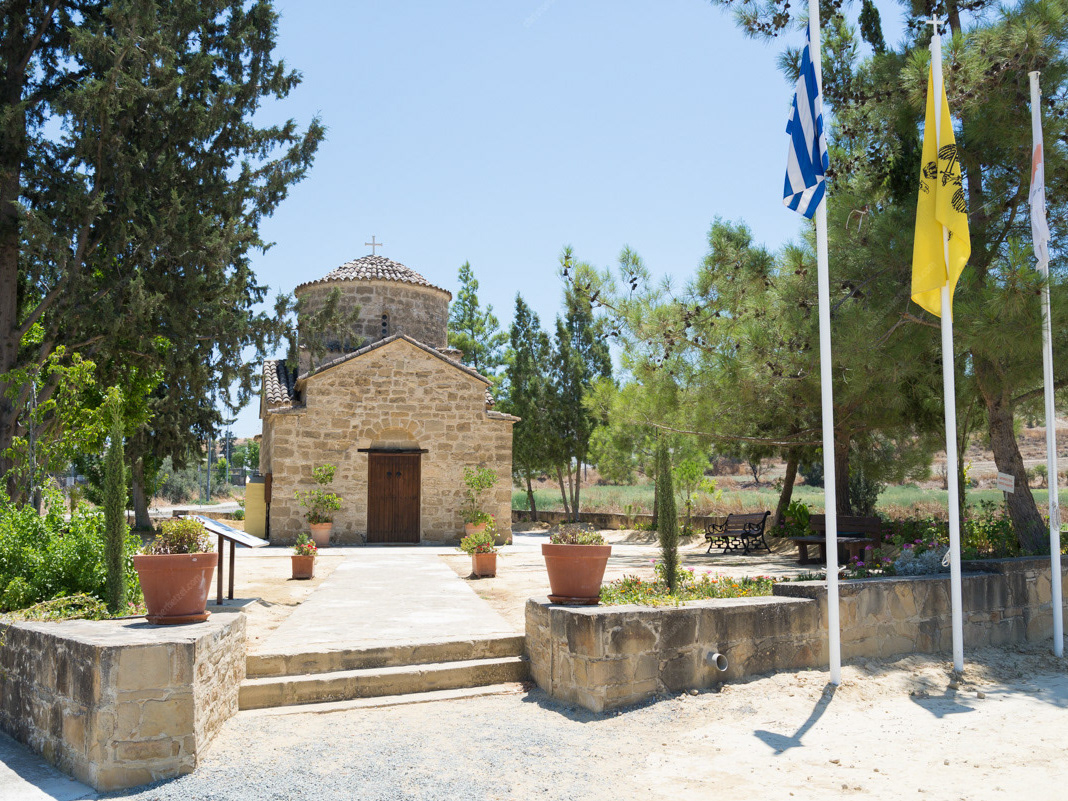The church of Panagia Phorbiotissa, better known as Panagia of Asinou (Ιερός Ναός Παναγίας της Aσίνου), is one of ten Byzantine churches, dating from the 12th to the 17th century AD in Cyprus' Troodos Mountains. Together they were designated a UNESCO World Heritage Site in 1985 as "The Painted Churches of the Troodos Region of Cyprus," representing one of the largest groups of churches and monasteries of the former Byzantine Empire. The Byzantine Empire, also referred to as the Eastern Roman Empire or Byzantium, was the successor to the eastern half of the Roman Empire from the fall of Rome in the 5th century AD until the Ottoman Empire's occupation of Constantinople, the Byzantine capital (modern-day Istanbul), in AD 1453.
In Cyprus, the ten Byzantine churches included on the World Heritage List - all richly decorated with murals - are recognized internationally because they provide an overview of Byzantine and post-Byzantine painting in Cyprus and the variety of artistic influences affecting the Eastern Mediterranean over a period of 500 years.
The church of Panagia Asinou, dedicated to the Virgin of 'Phorbia', was first built and painted about AD 1099/1105 as the katholicon (monastery church) of a monastery that no longer exists. The area around the church was first occupied by Greek settlers from Asine in the Peloponnese in antiquity, and a small village was still there in the middle ages, but nothing remains of it today. The monastery functioned until the end of the 18th century AD, when it was abandoned.
The church has two parts: a vaulted single-aisled nave from the 11th century AD and a narthex. The narthex is a later addition, belonging to the second half of the 12th century AD. The steeply pitched timber roof was also erected over the church's original domed roof in the 12th century. The murals inside the church date from the 12th century to the 17th century AD. The original paintings reflect the art of Constantinople, which is thought to be the original artist's birthplace.
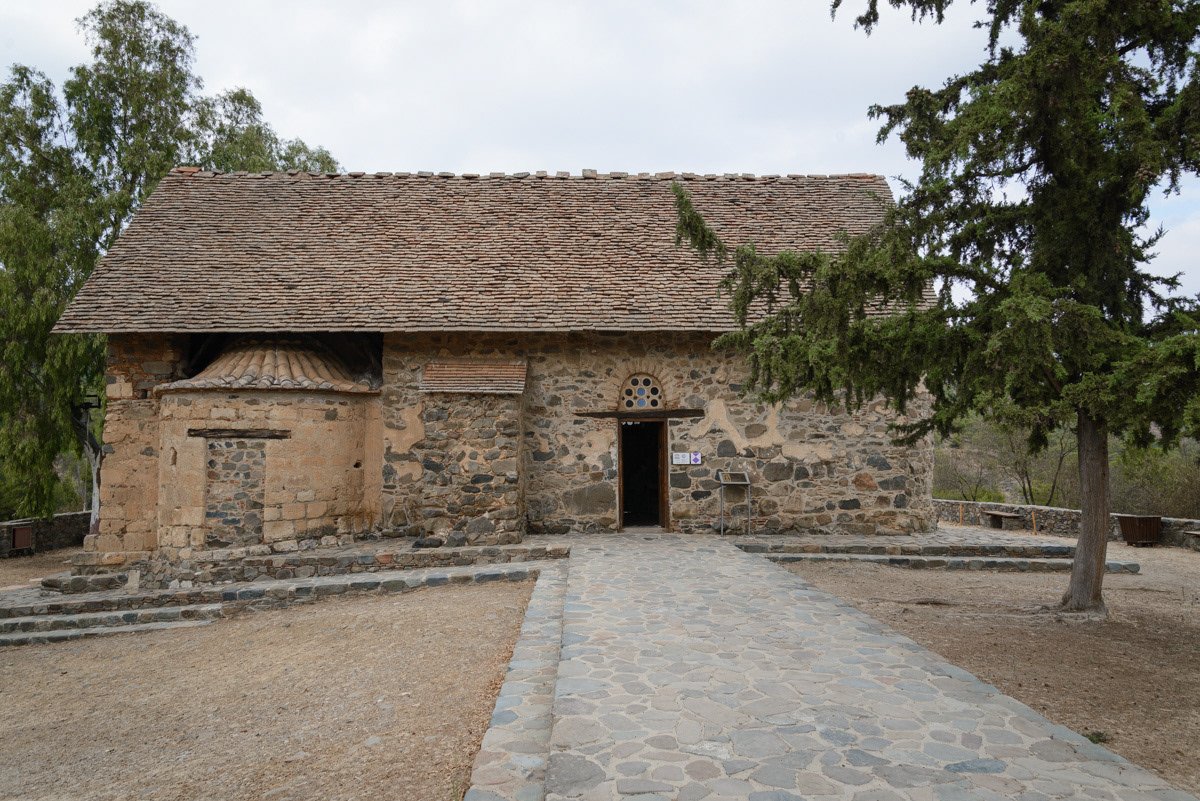
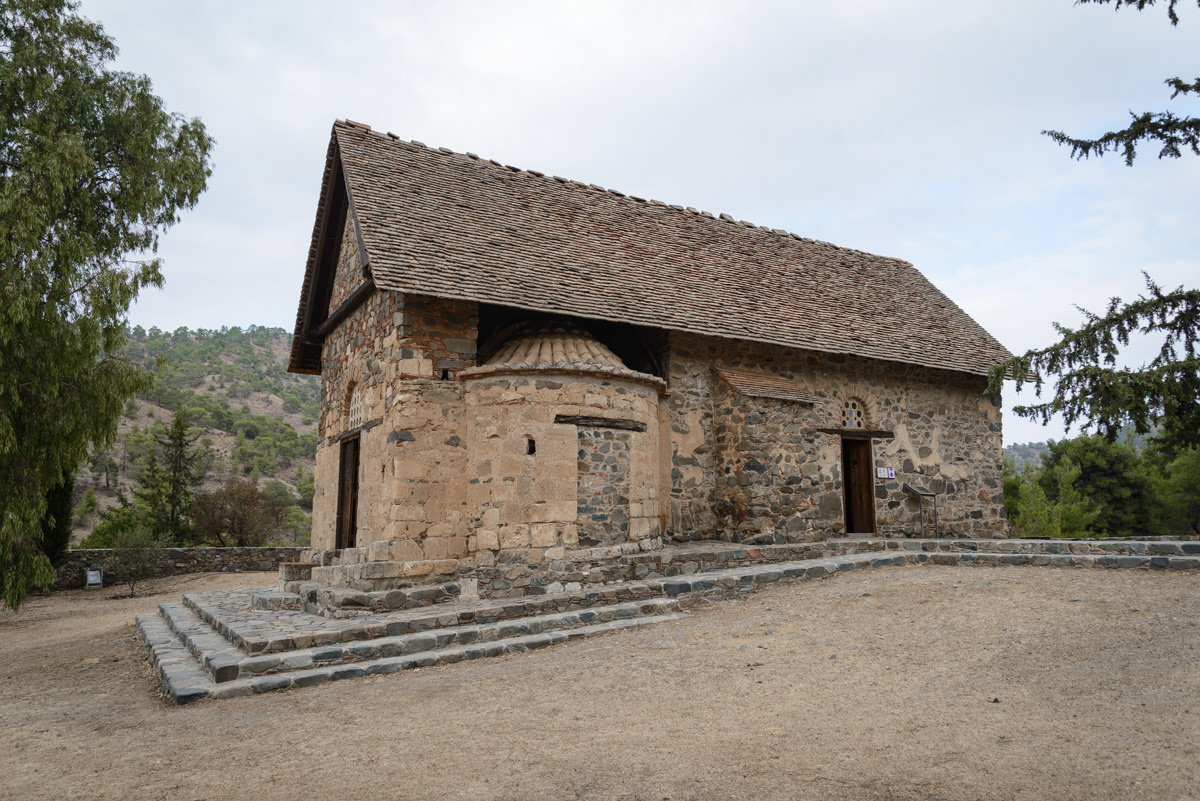
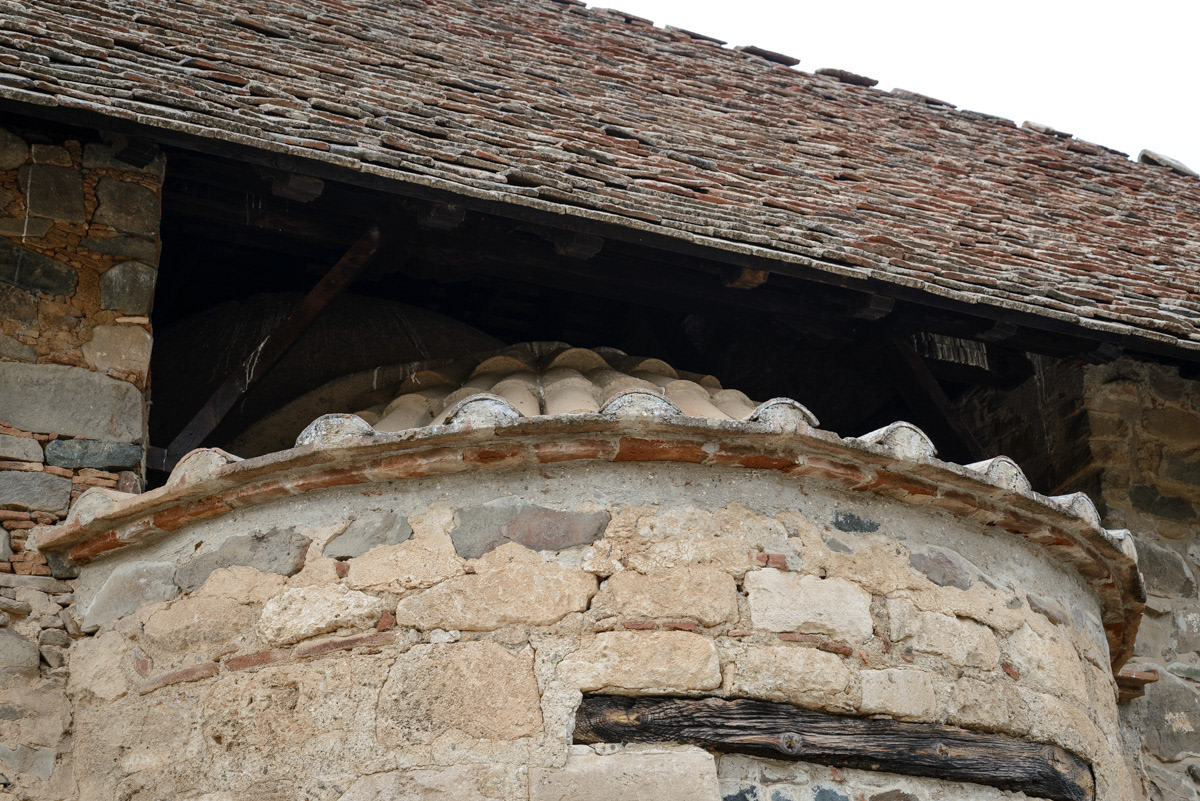
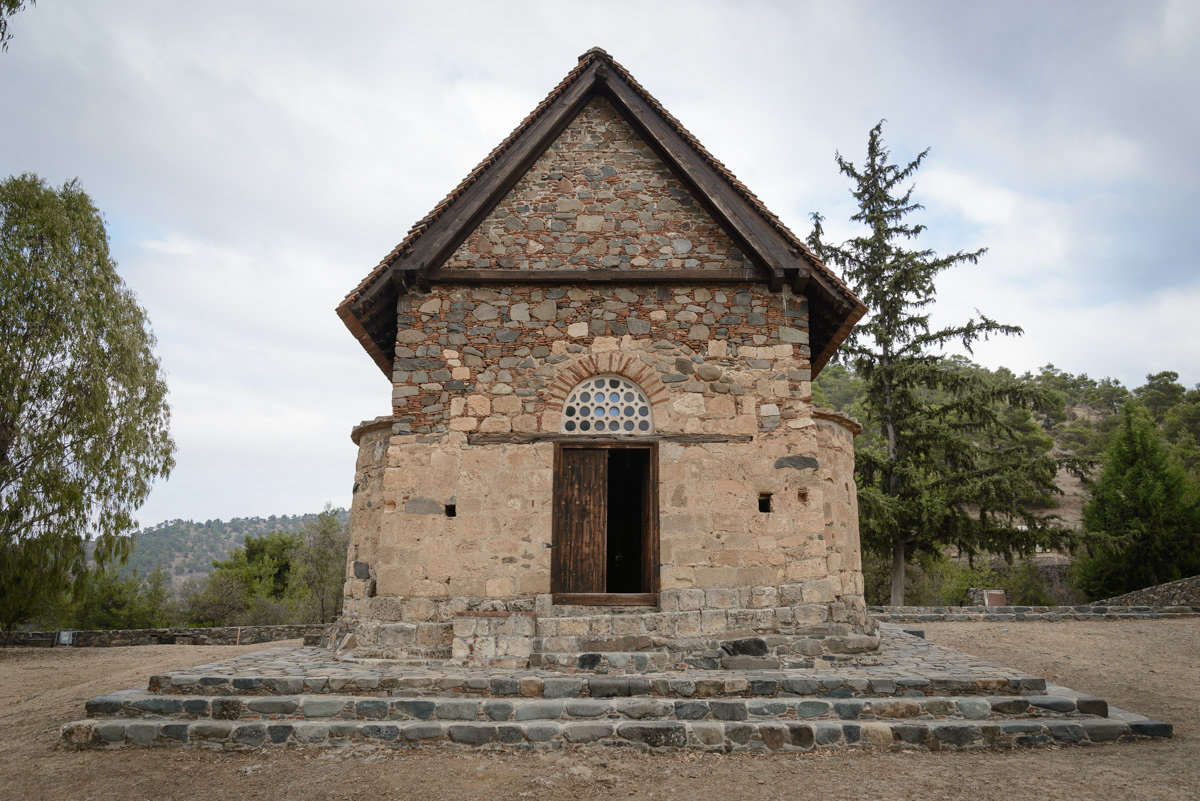
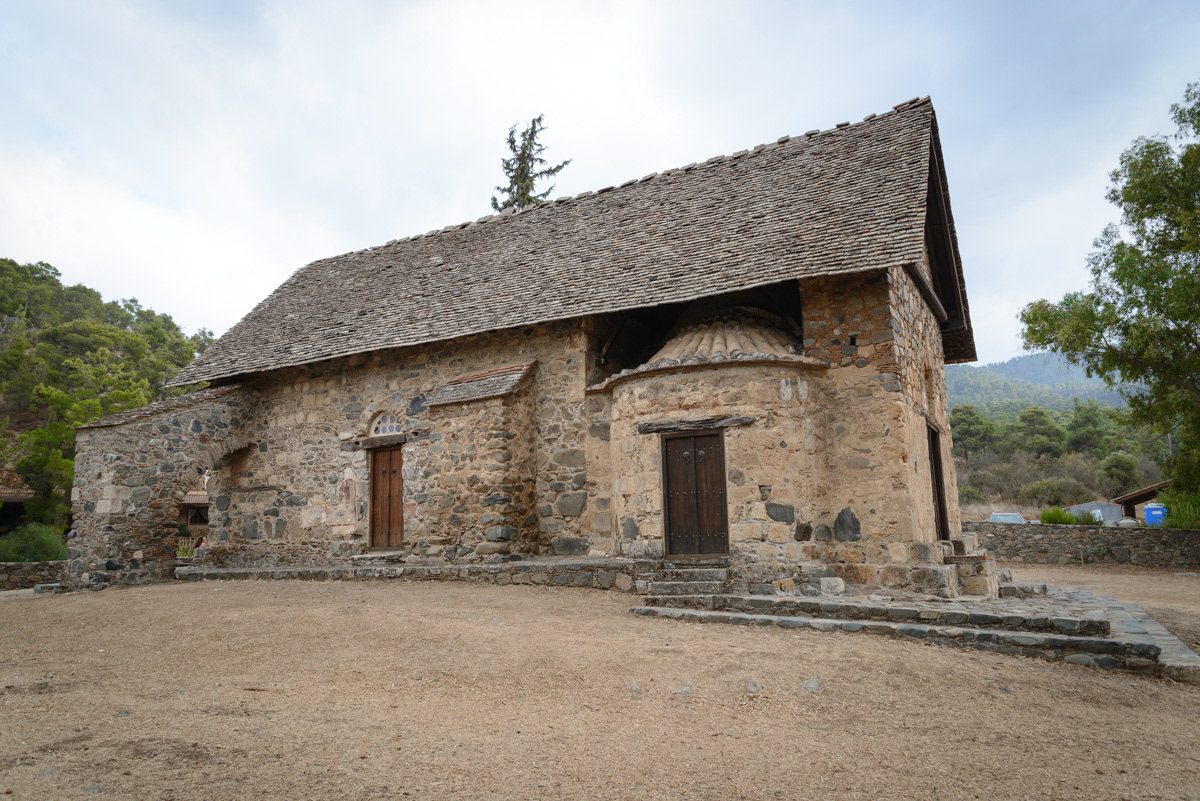
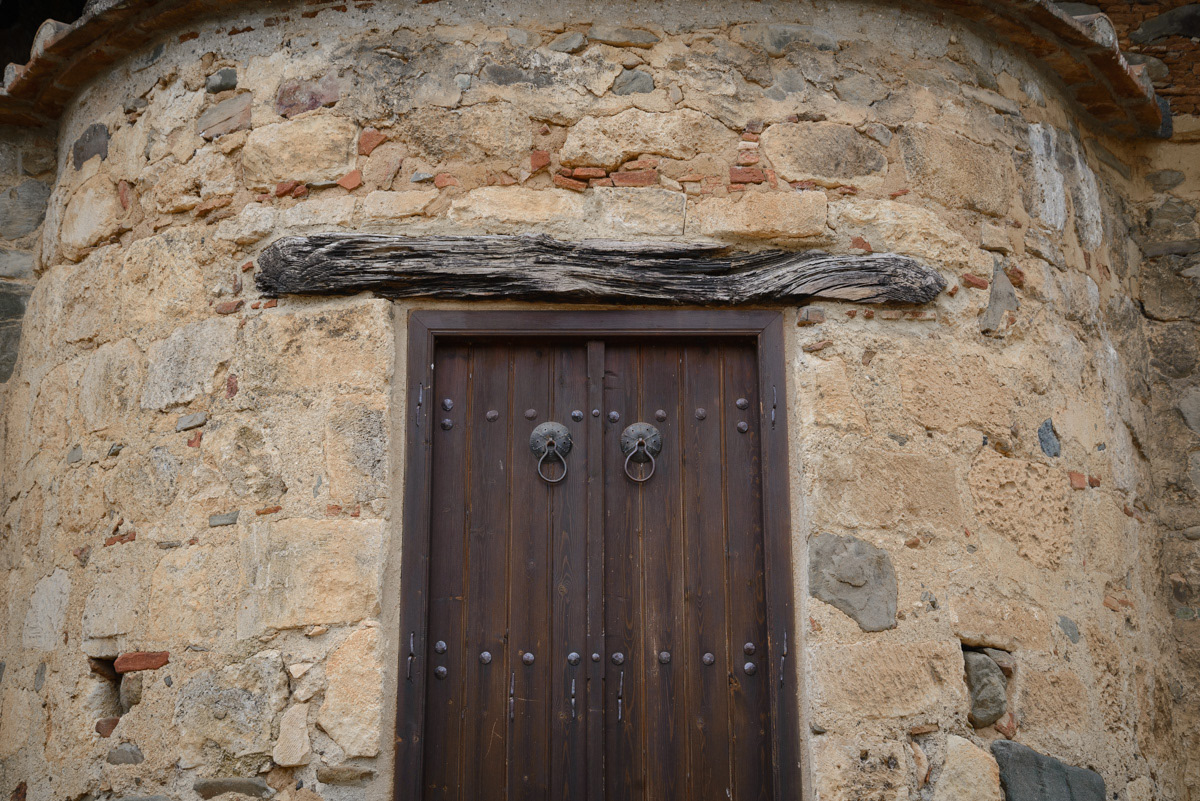
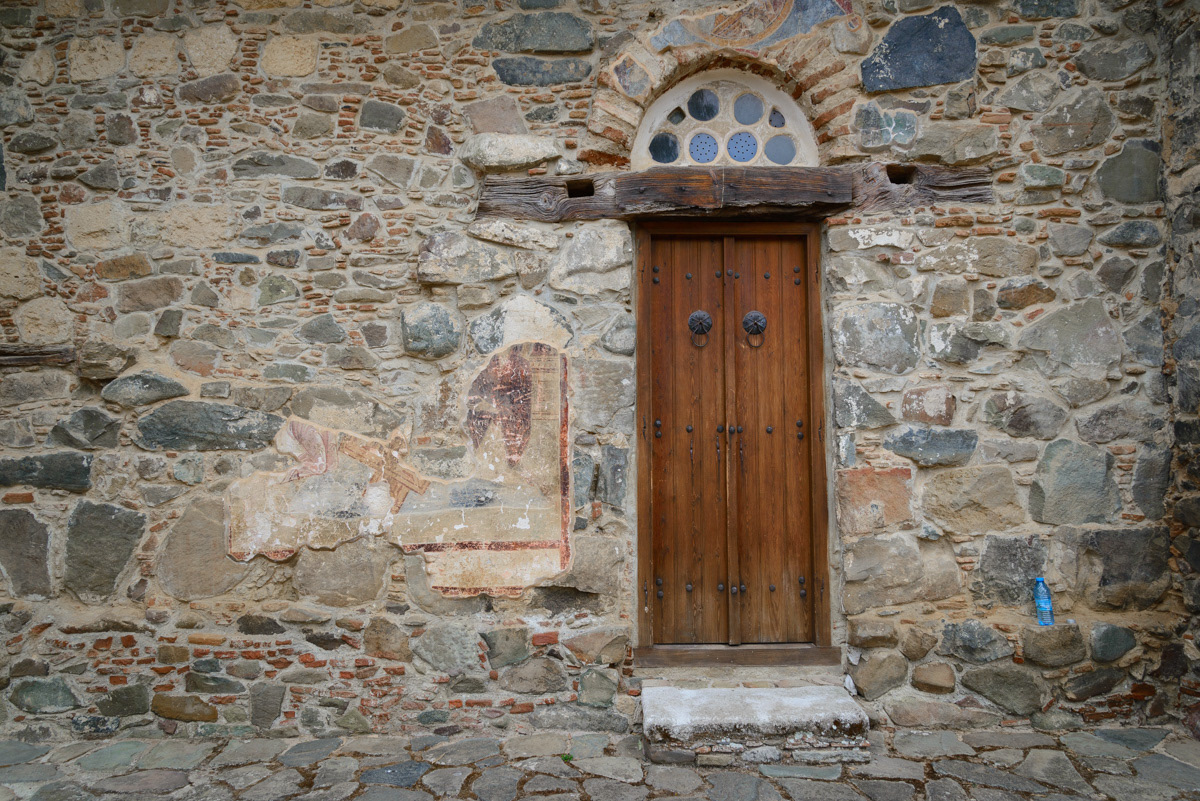
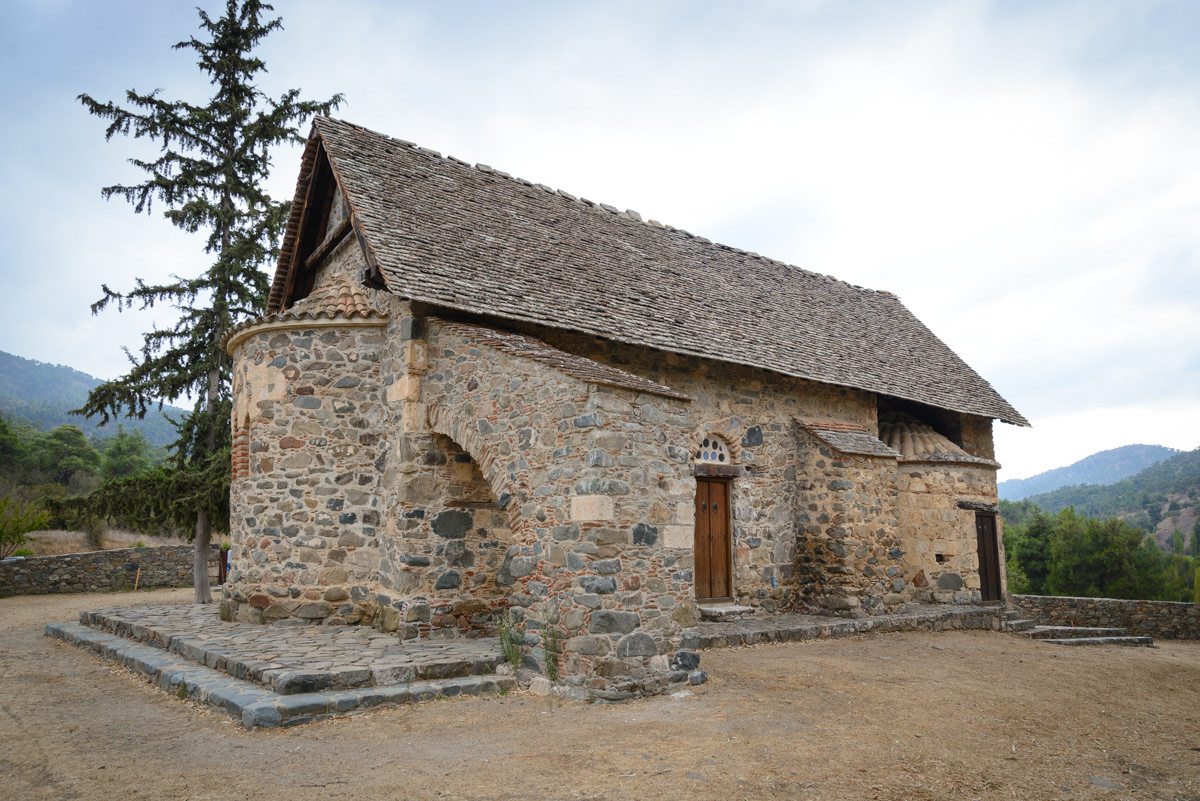
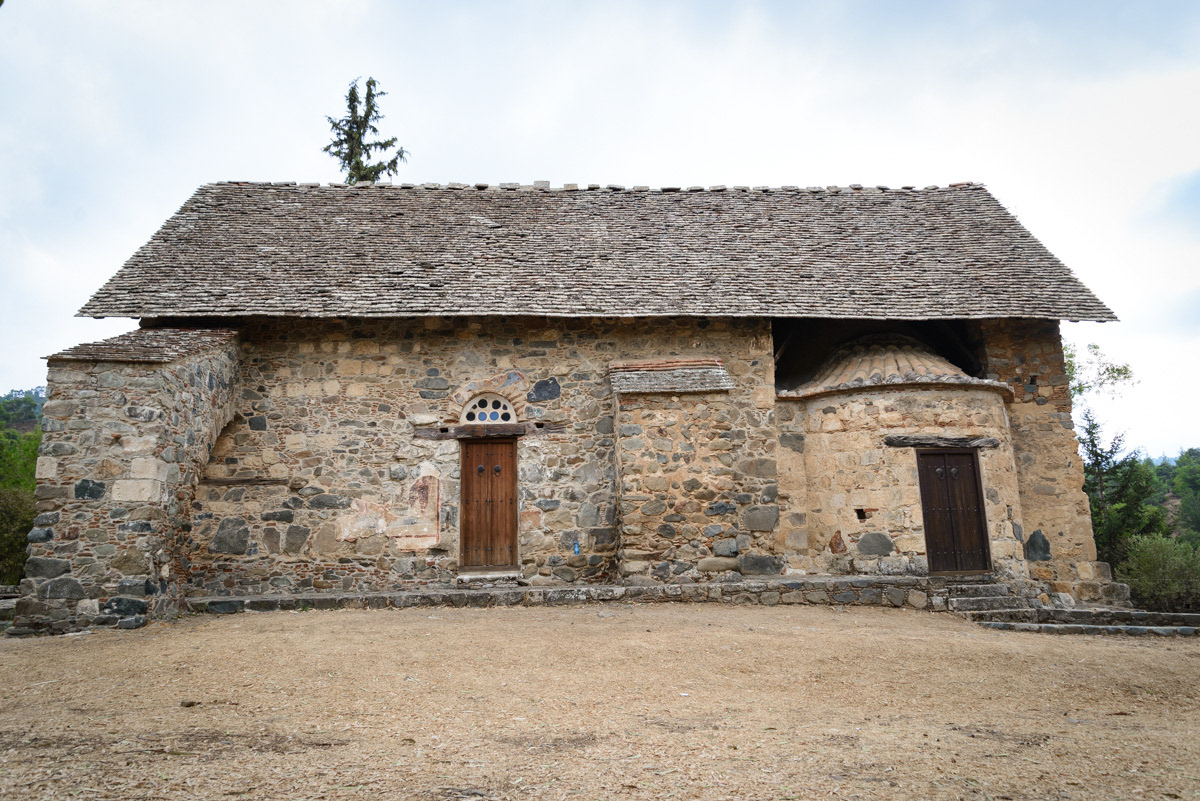
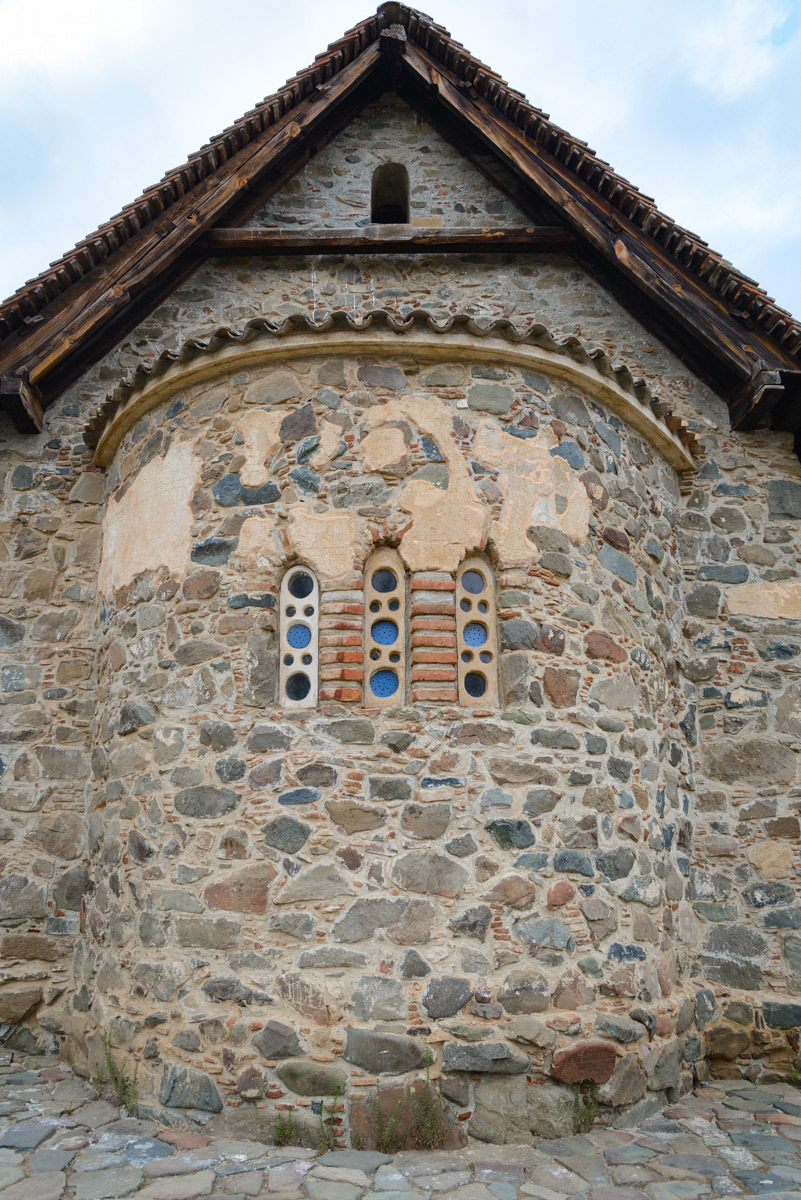
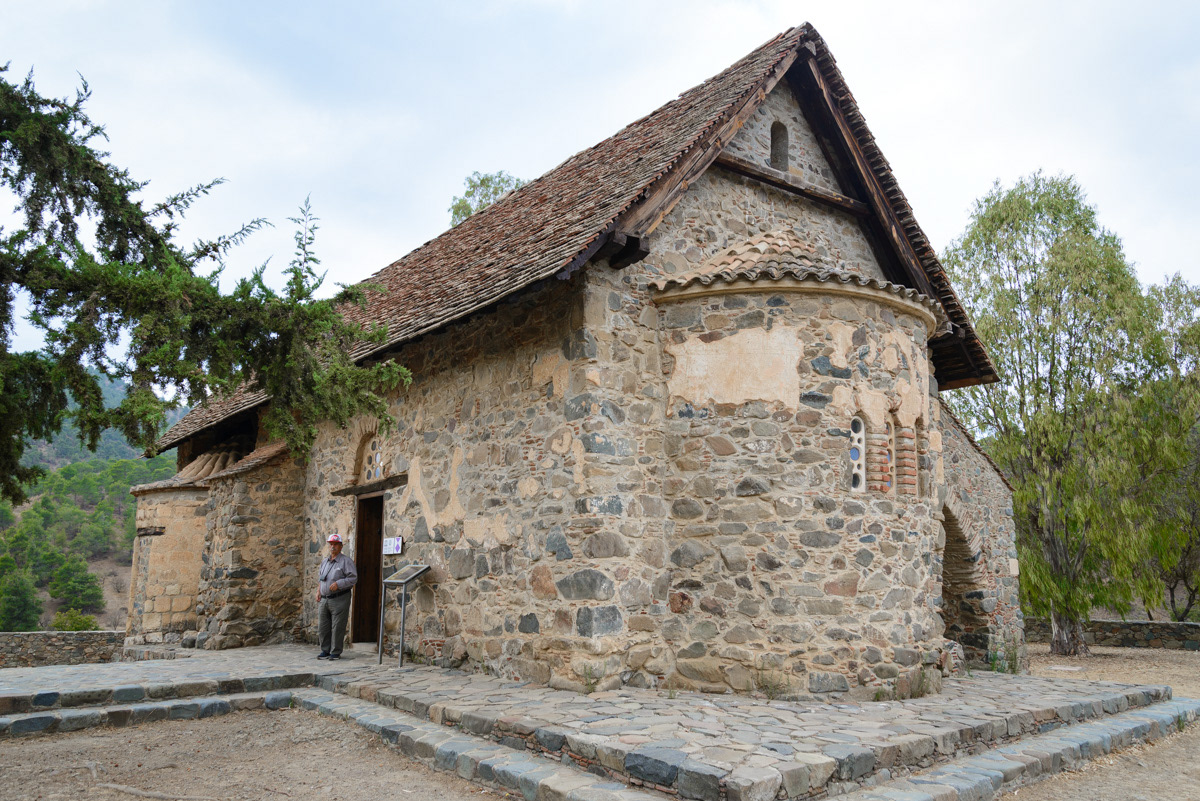
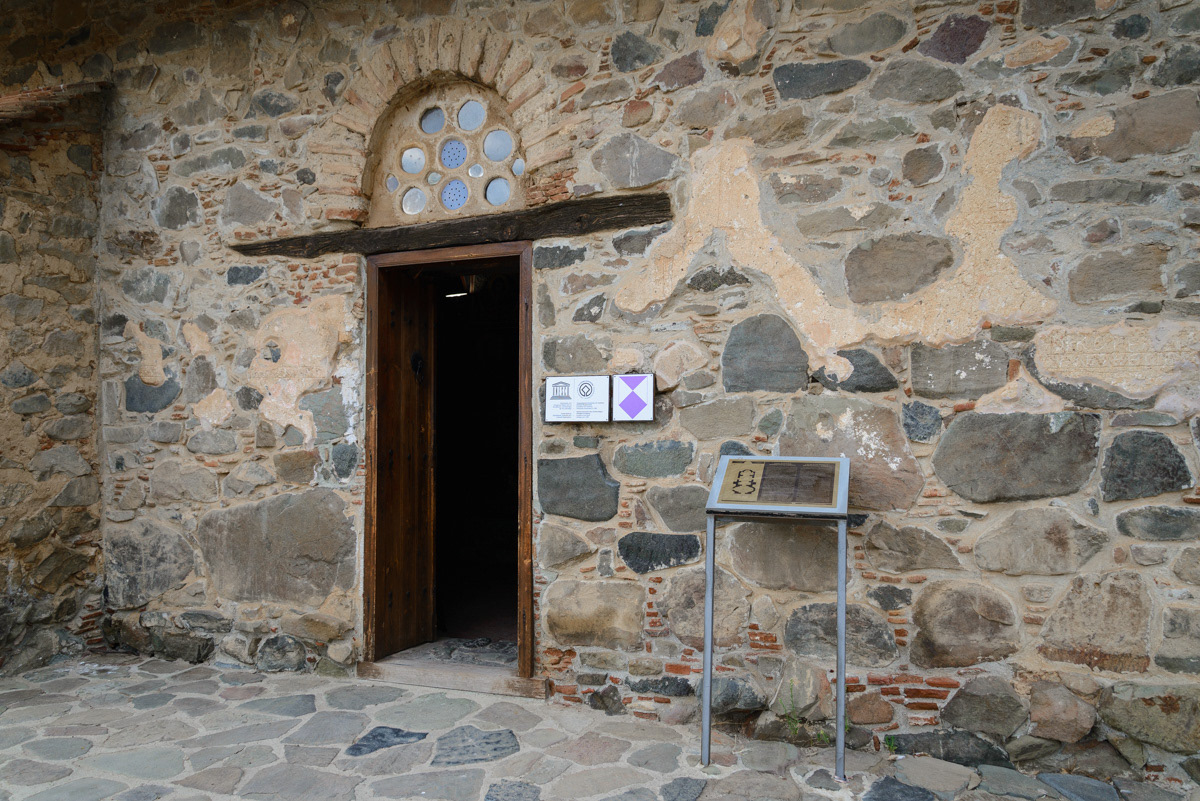
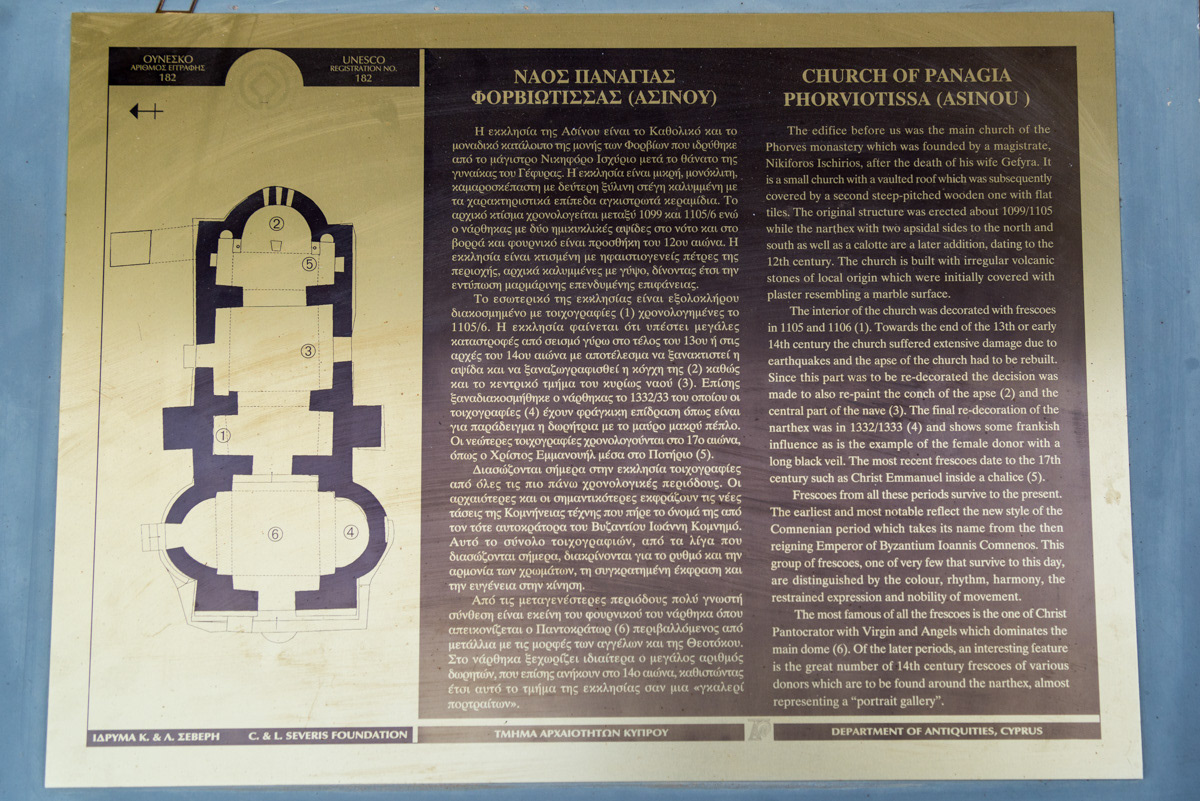
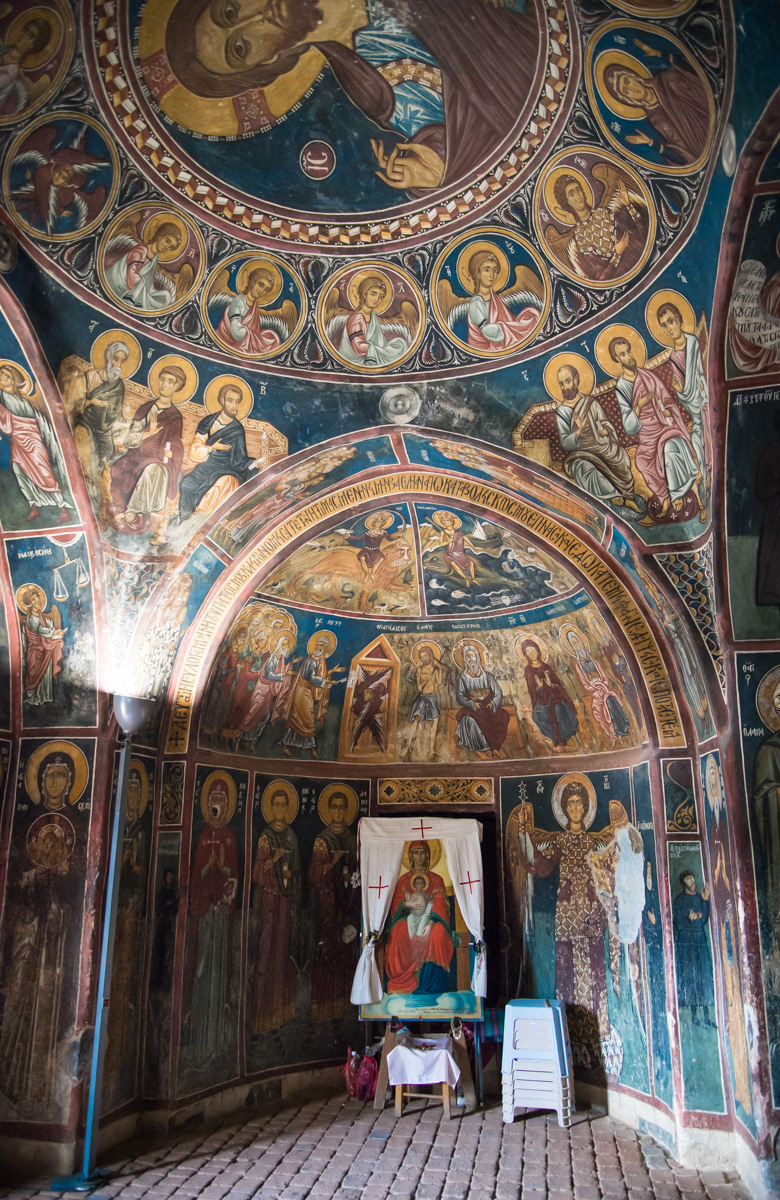
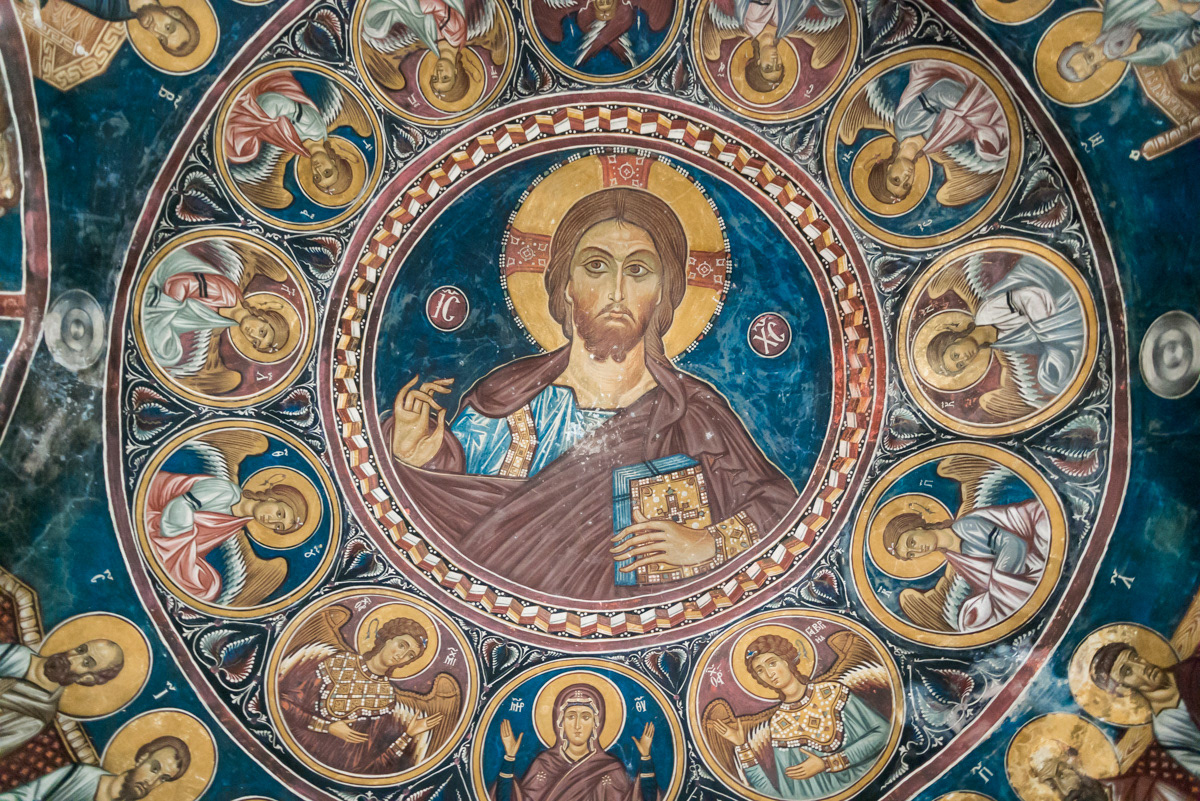
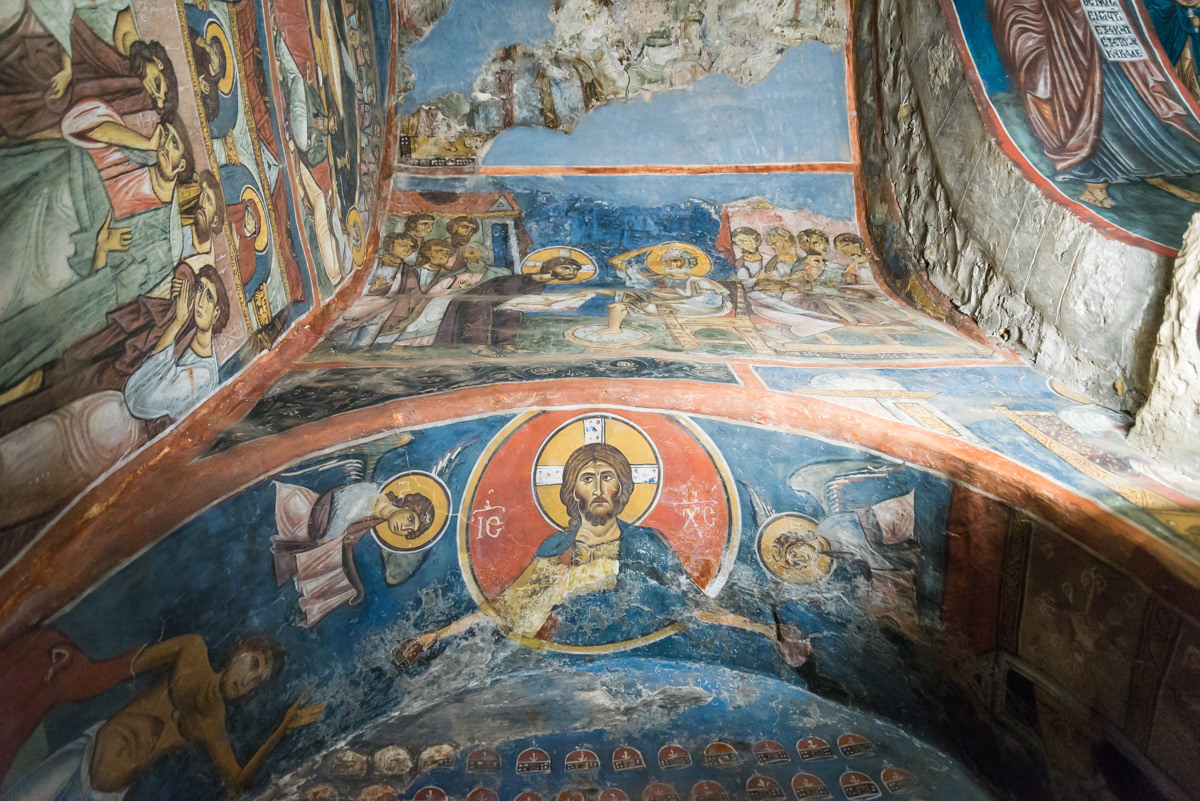
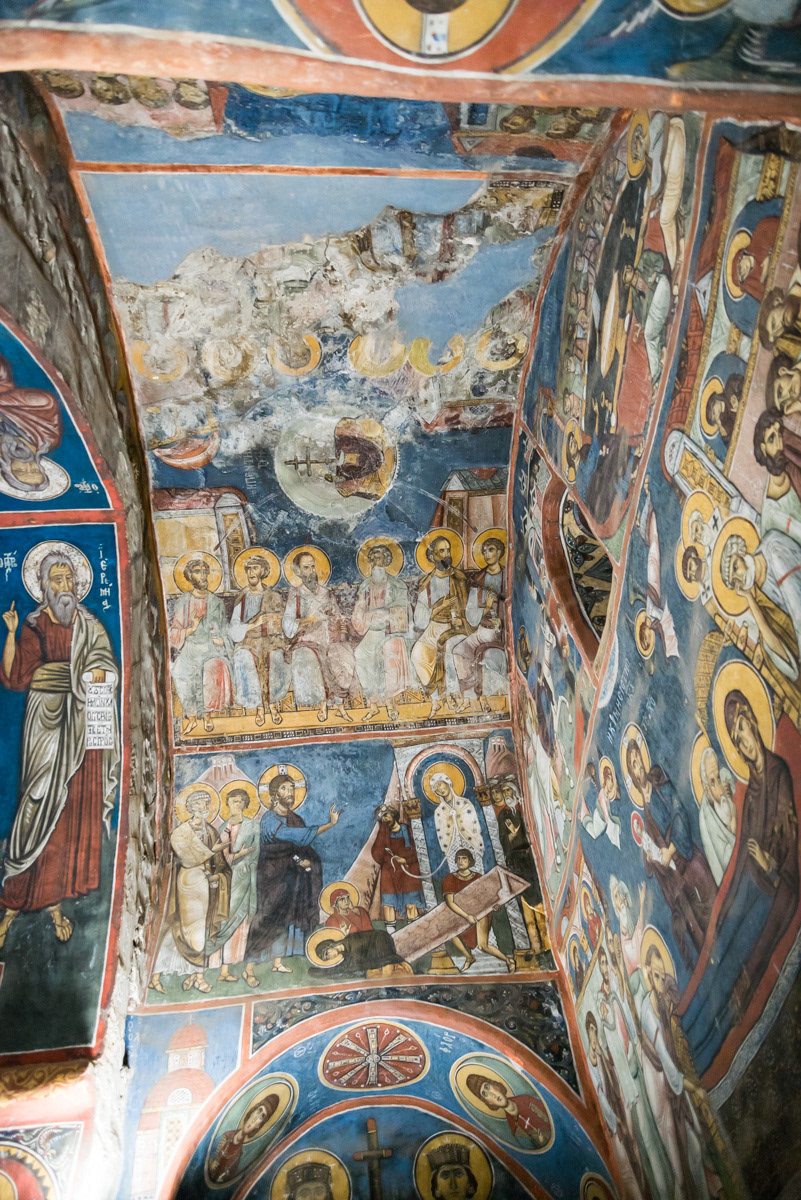
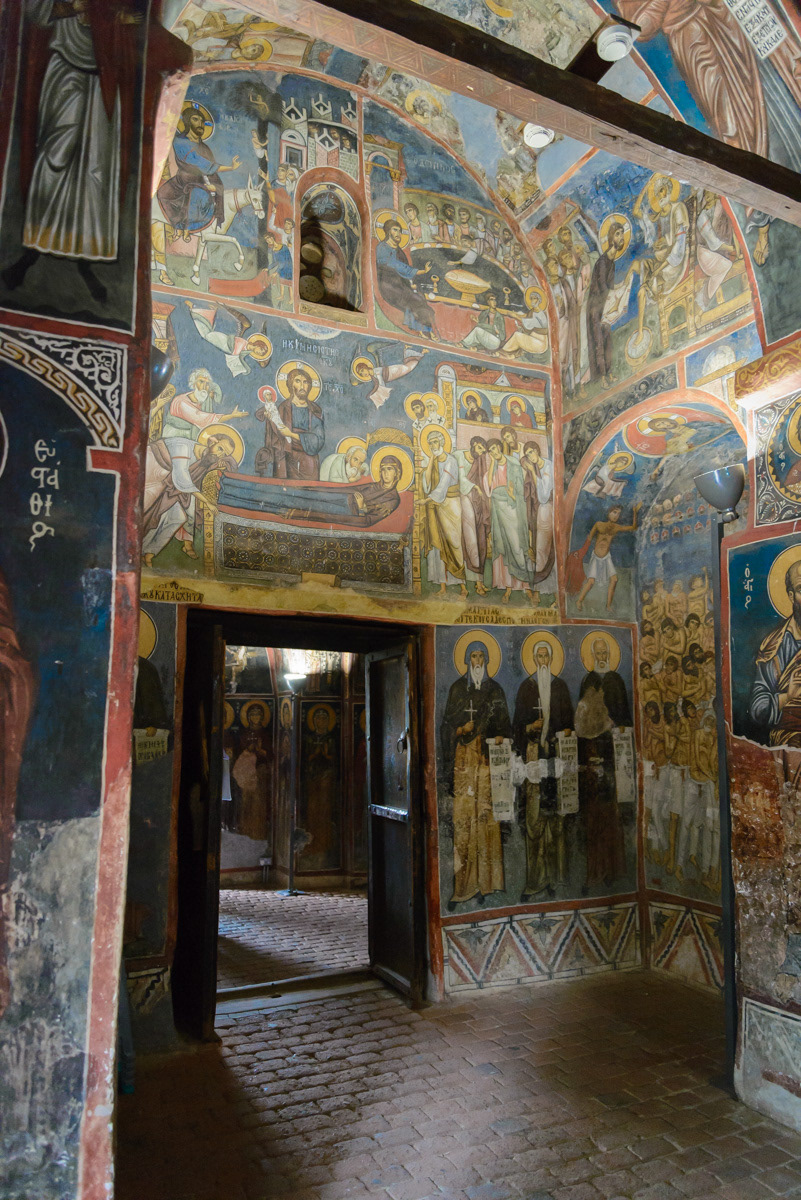
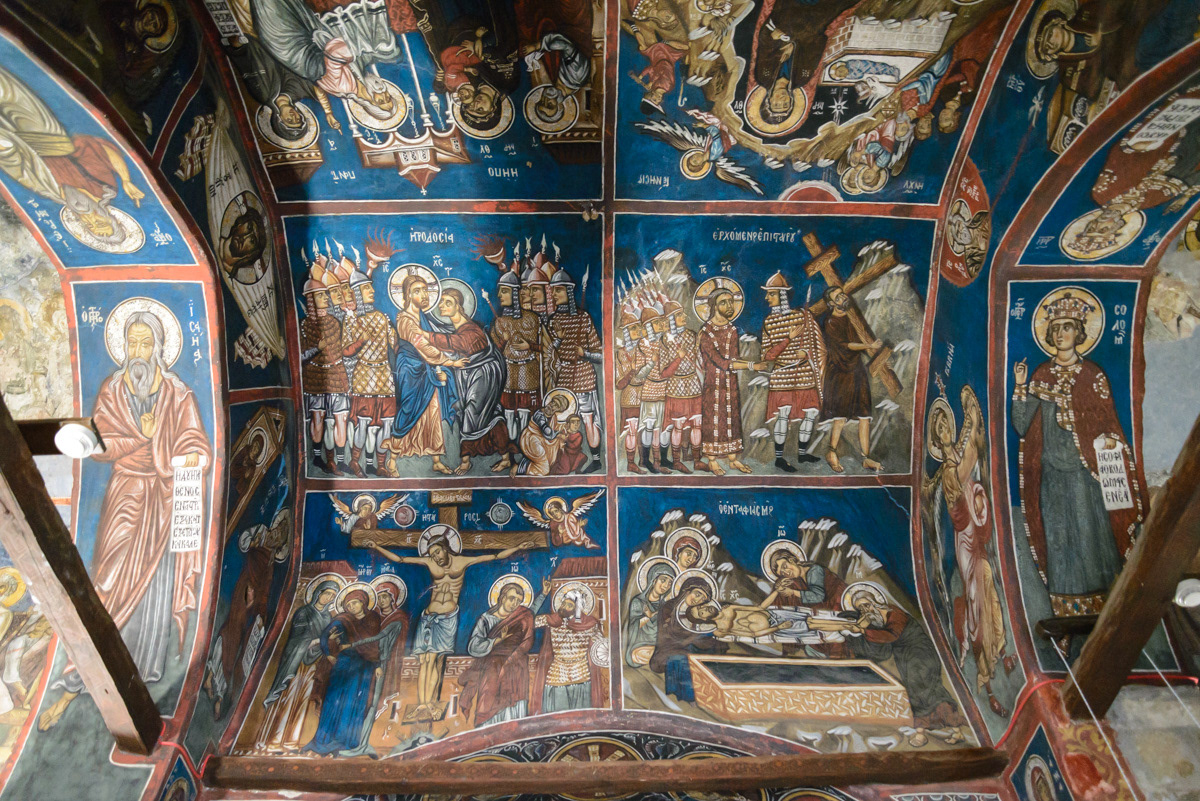
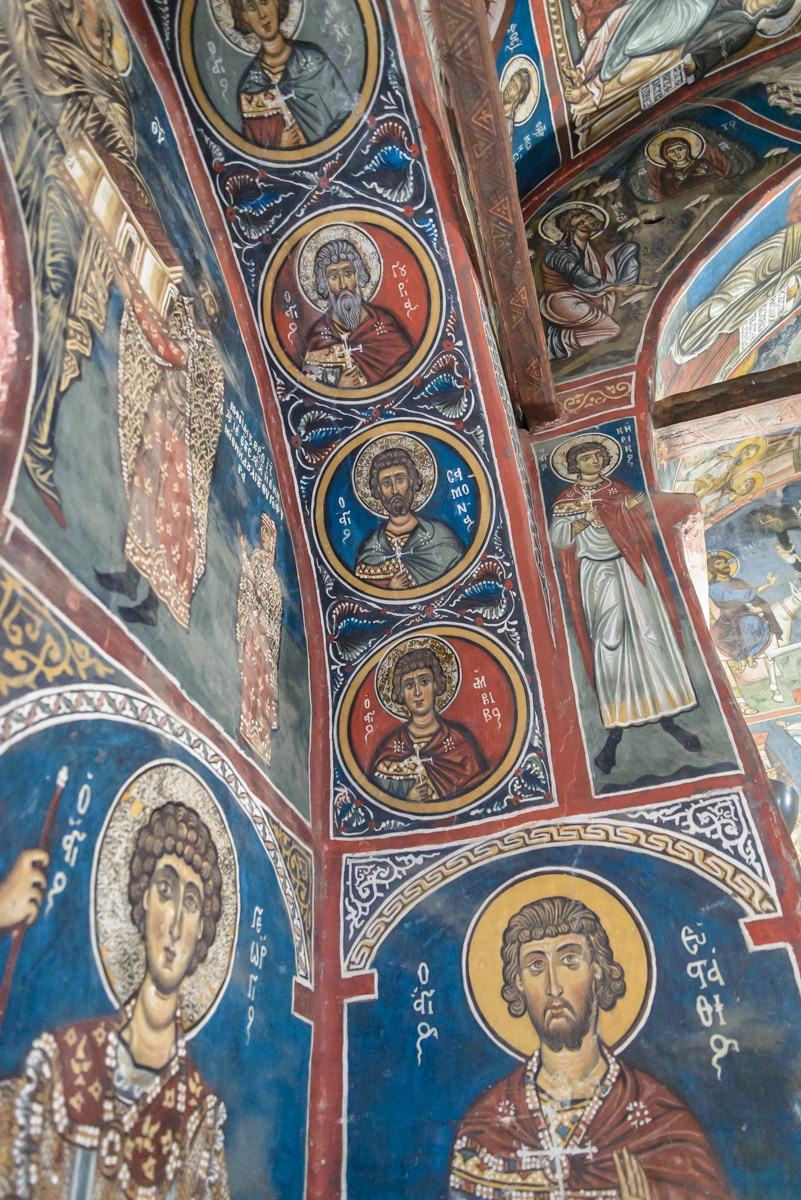
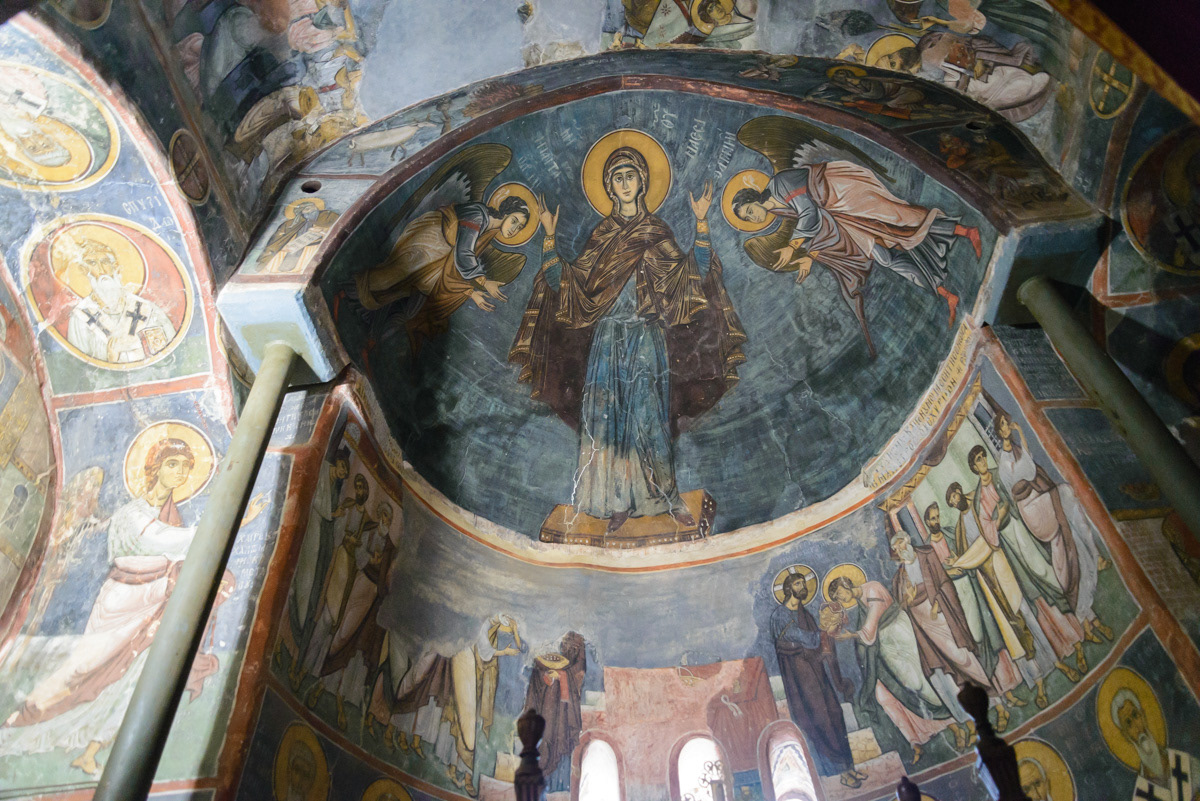
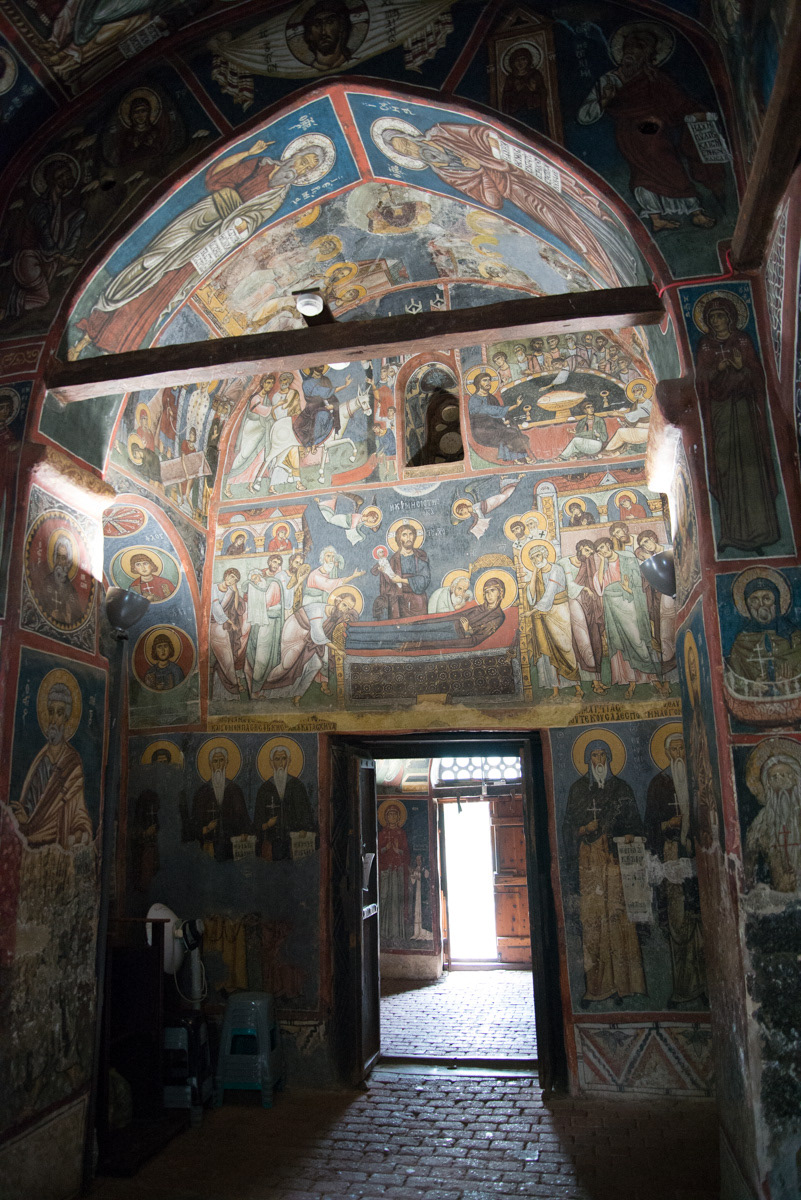
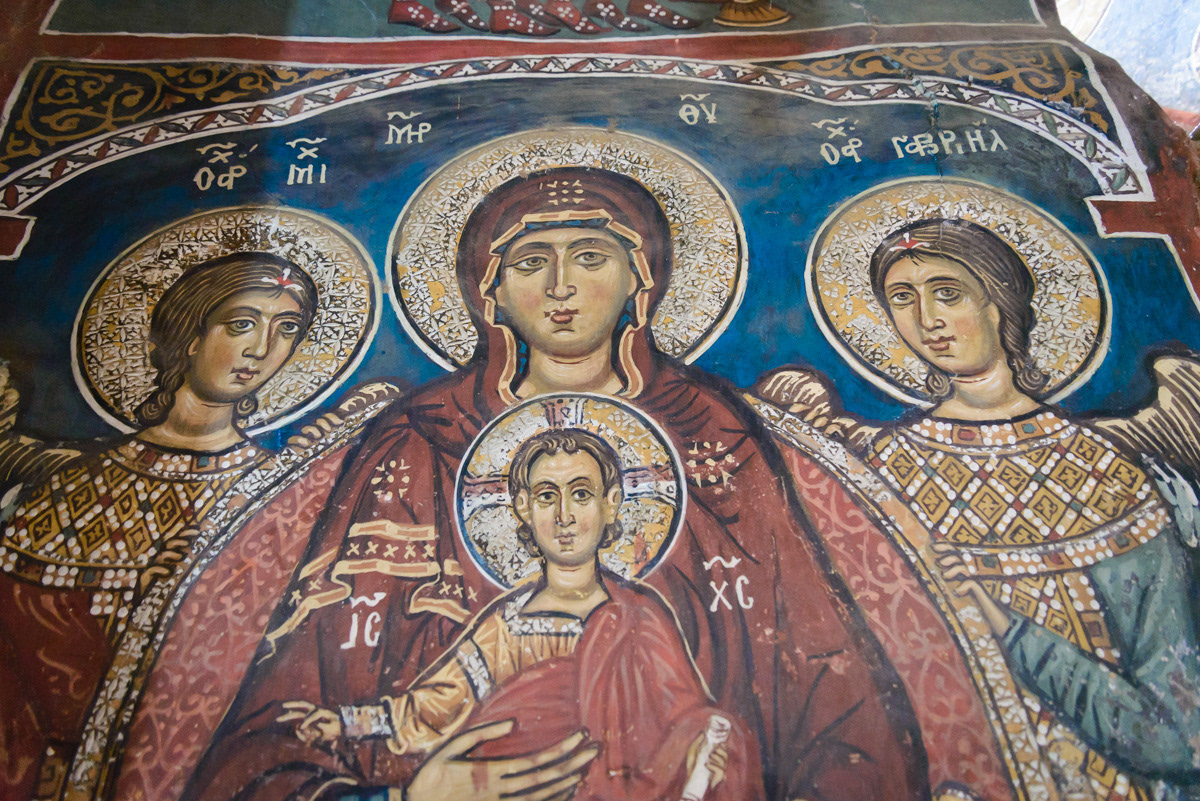
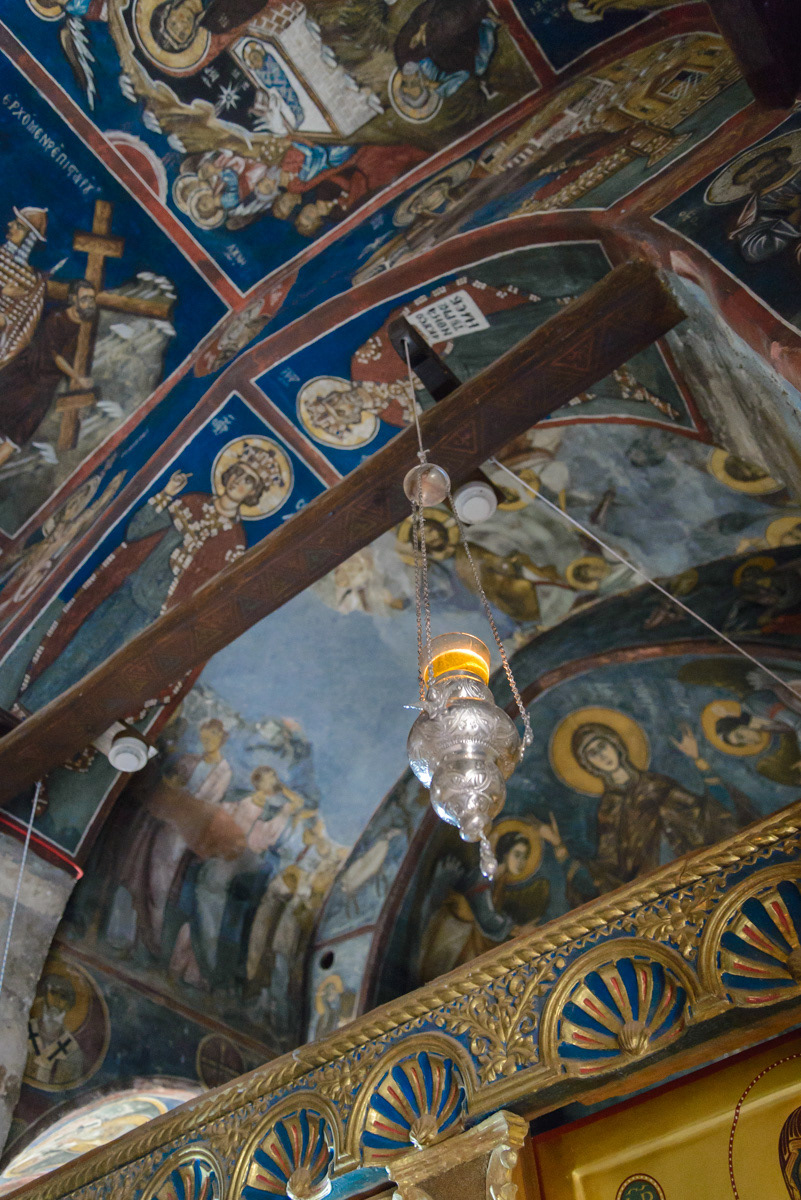
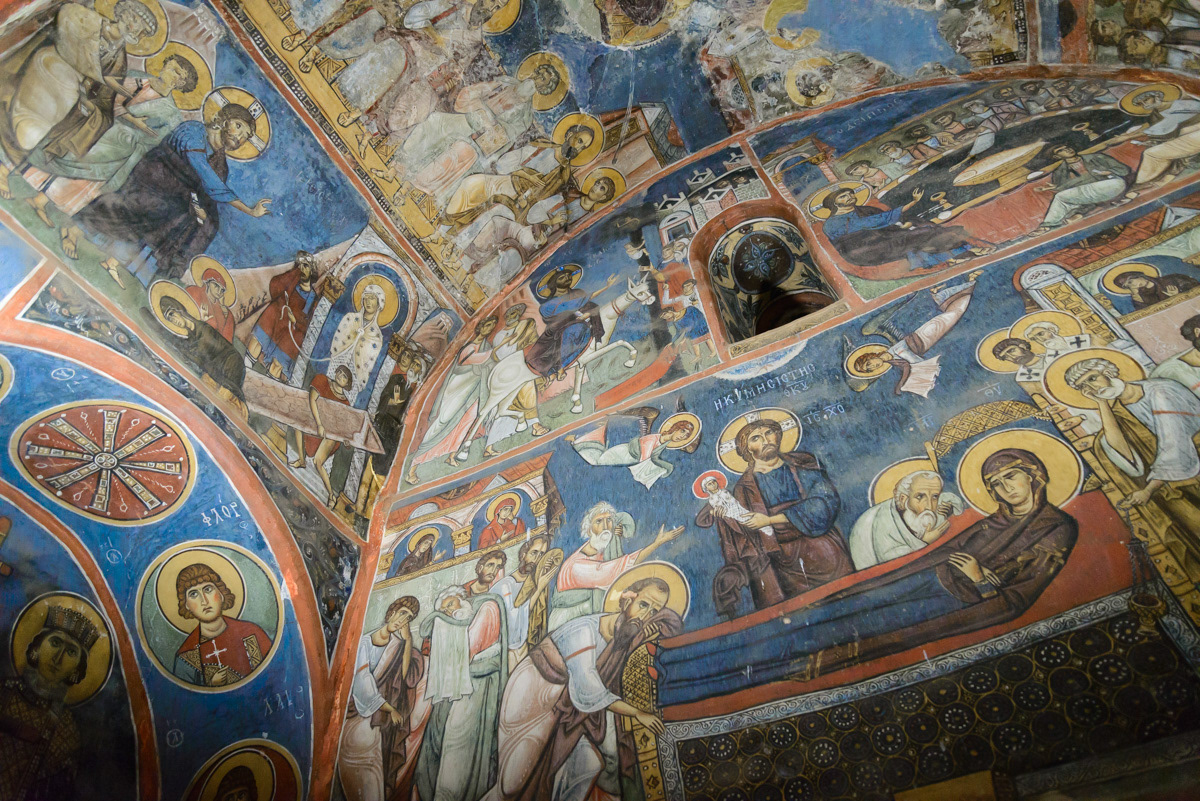
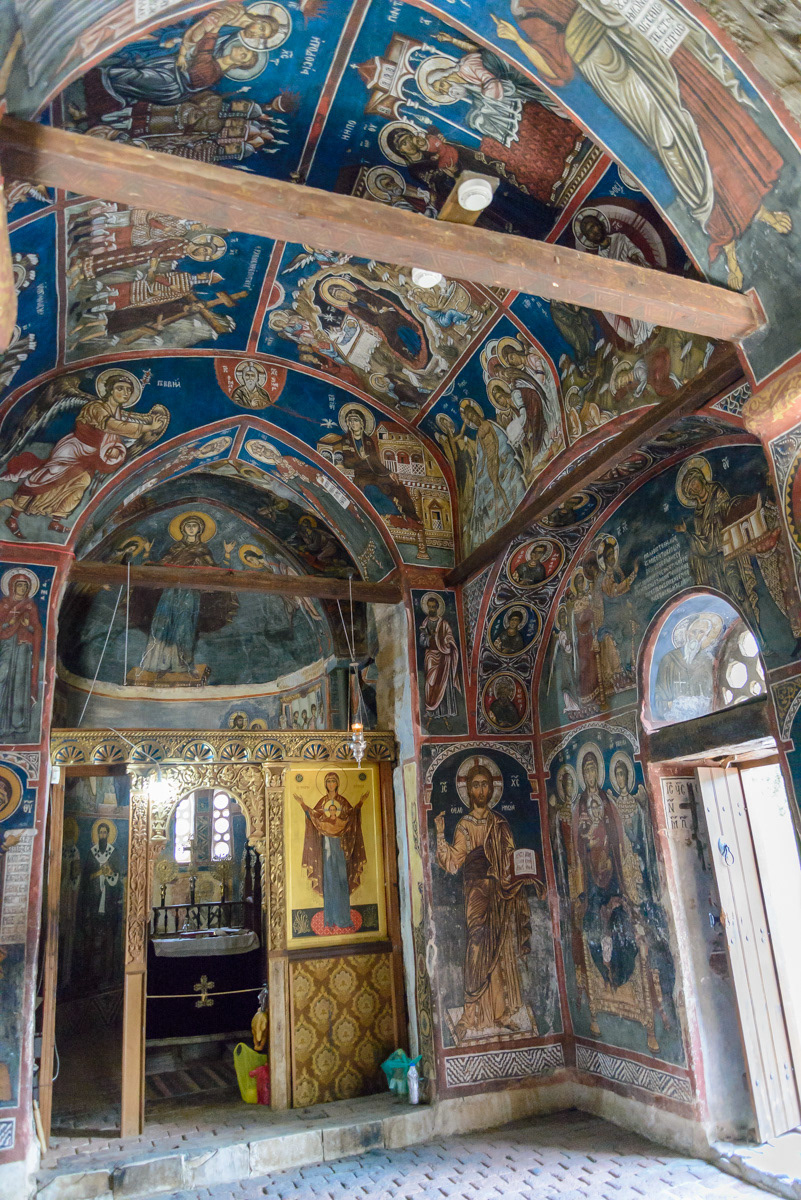
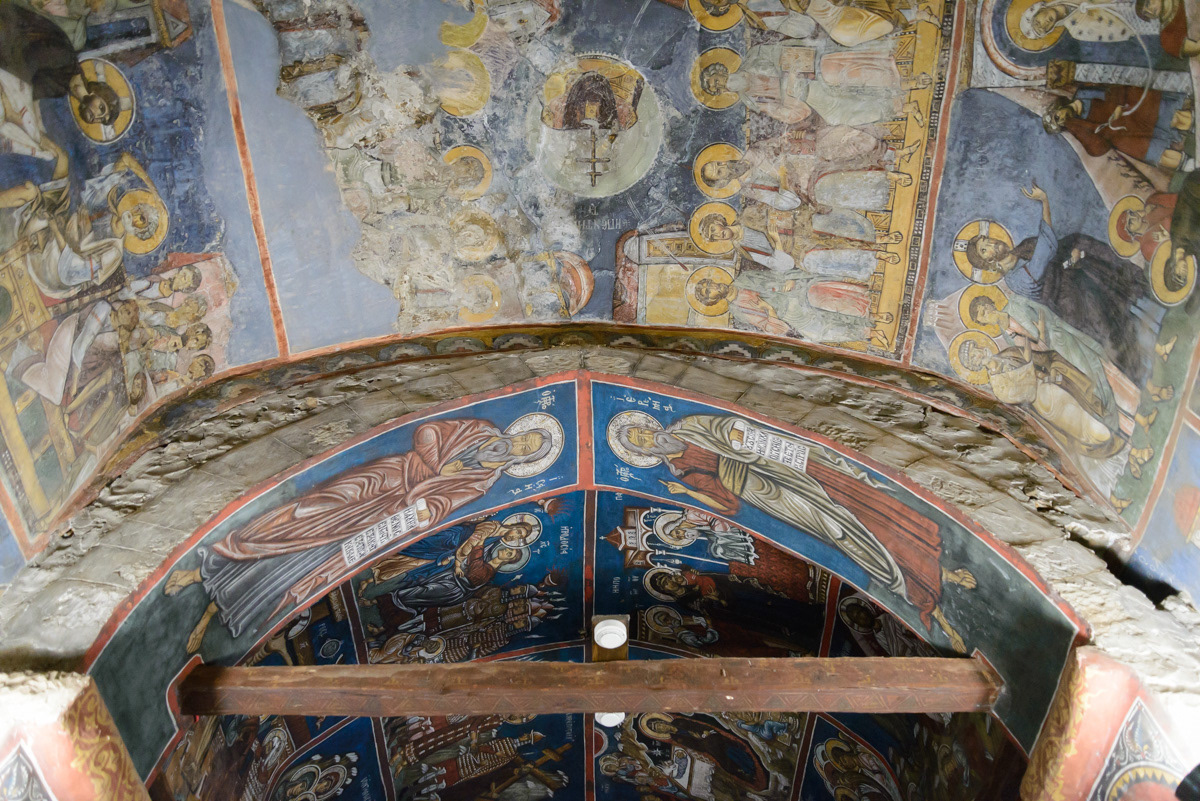
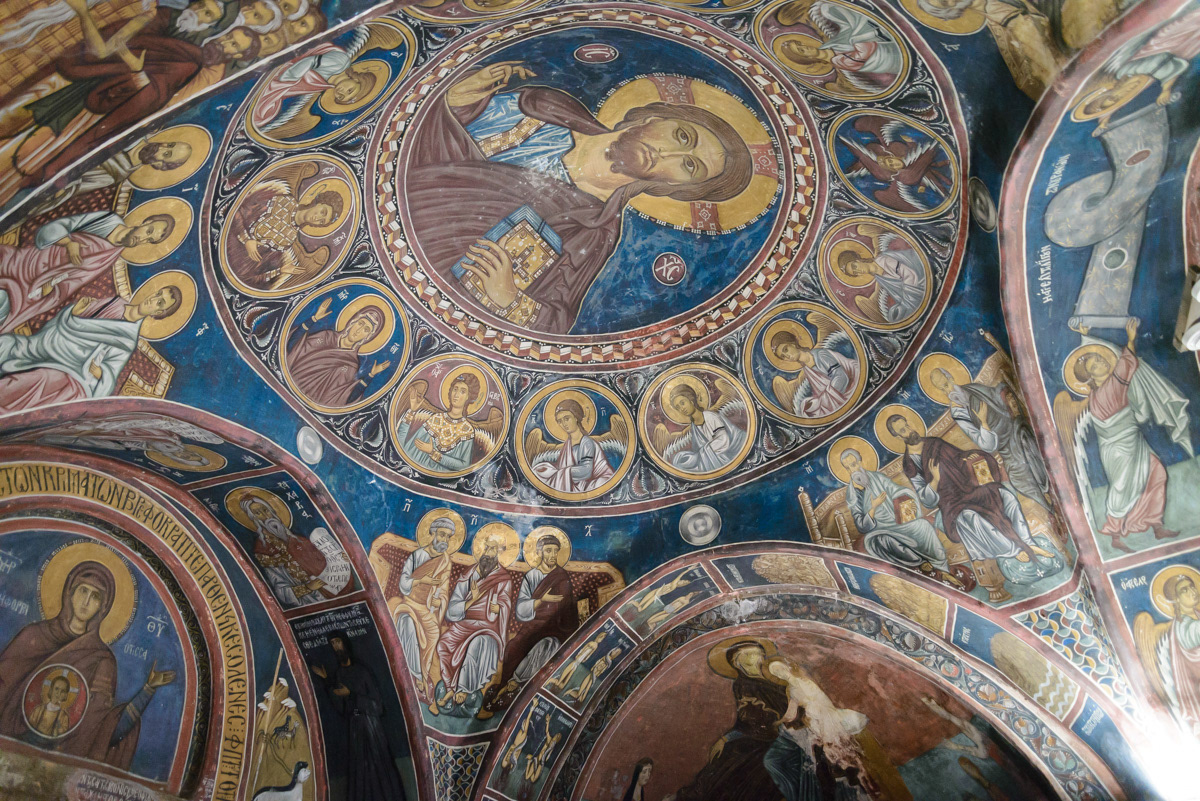
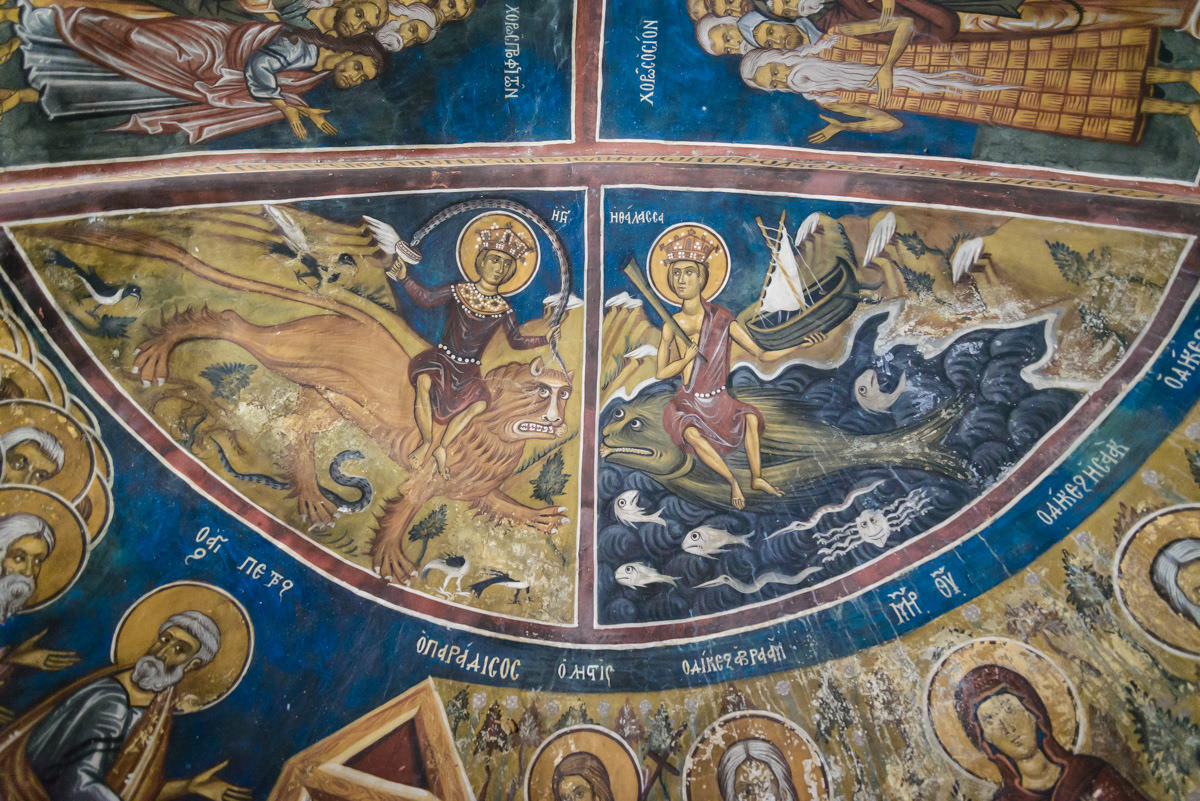
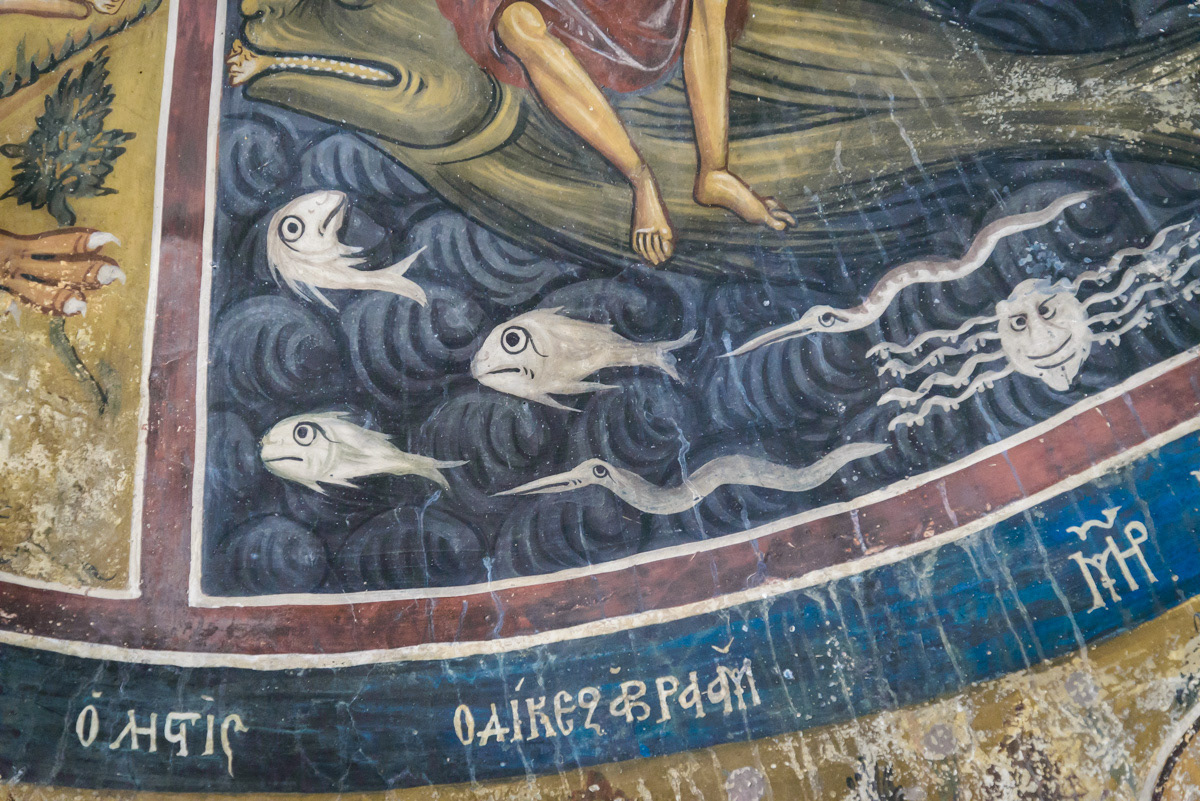
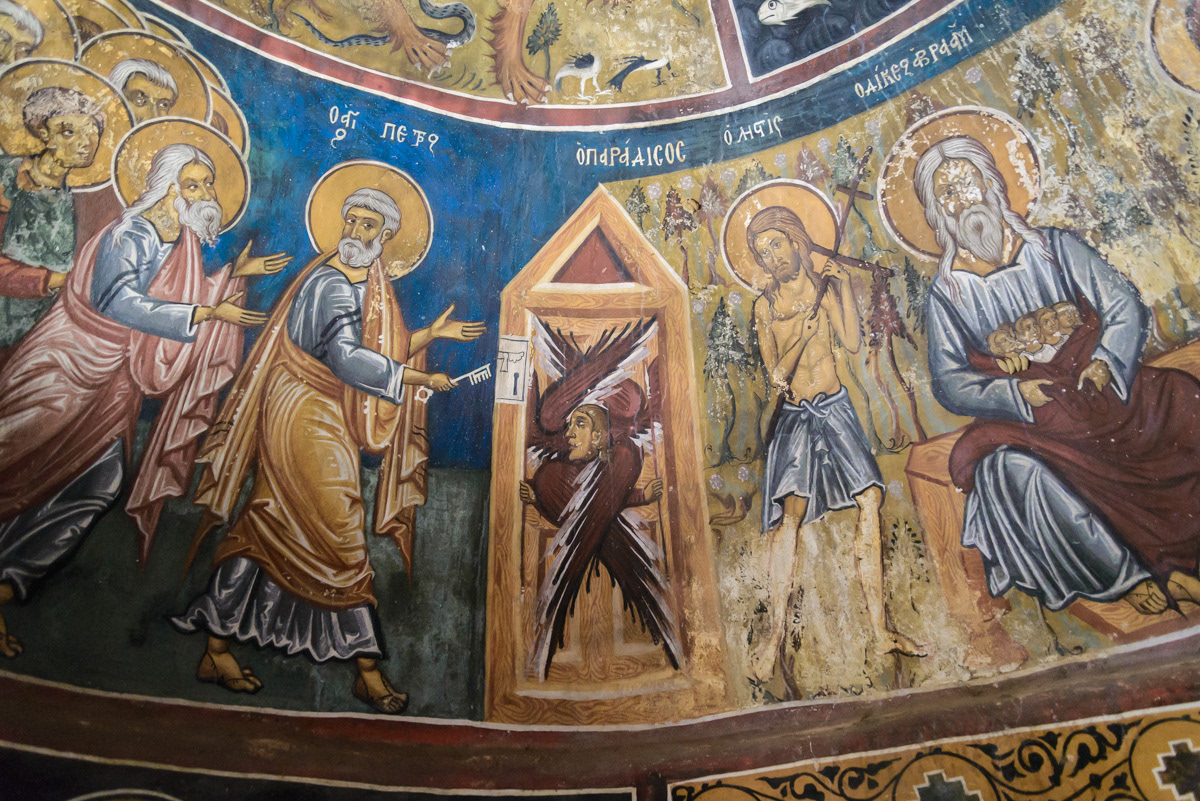
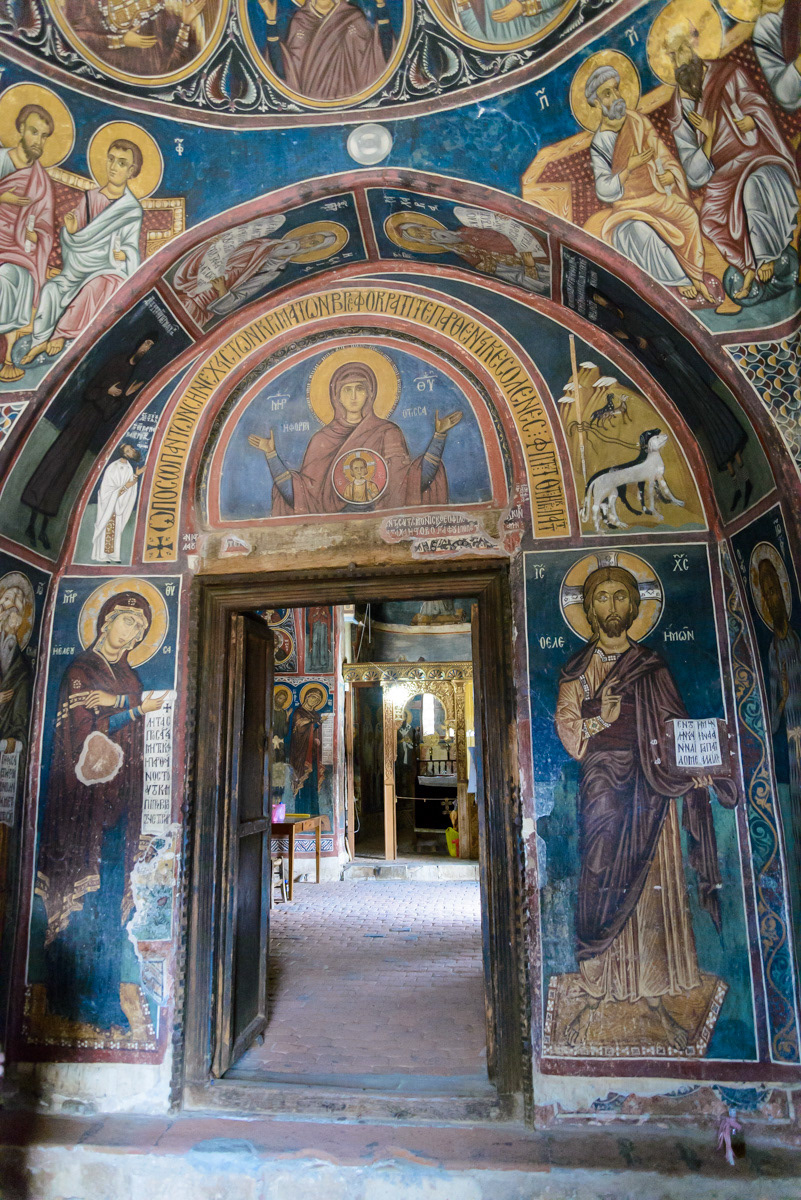
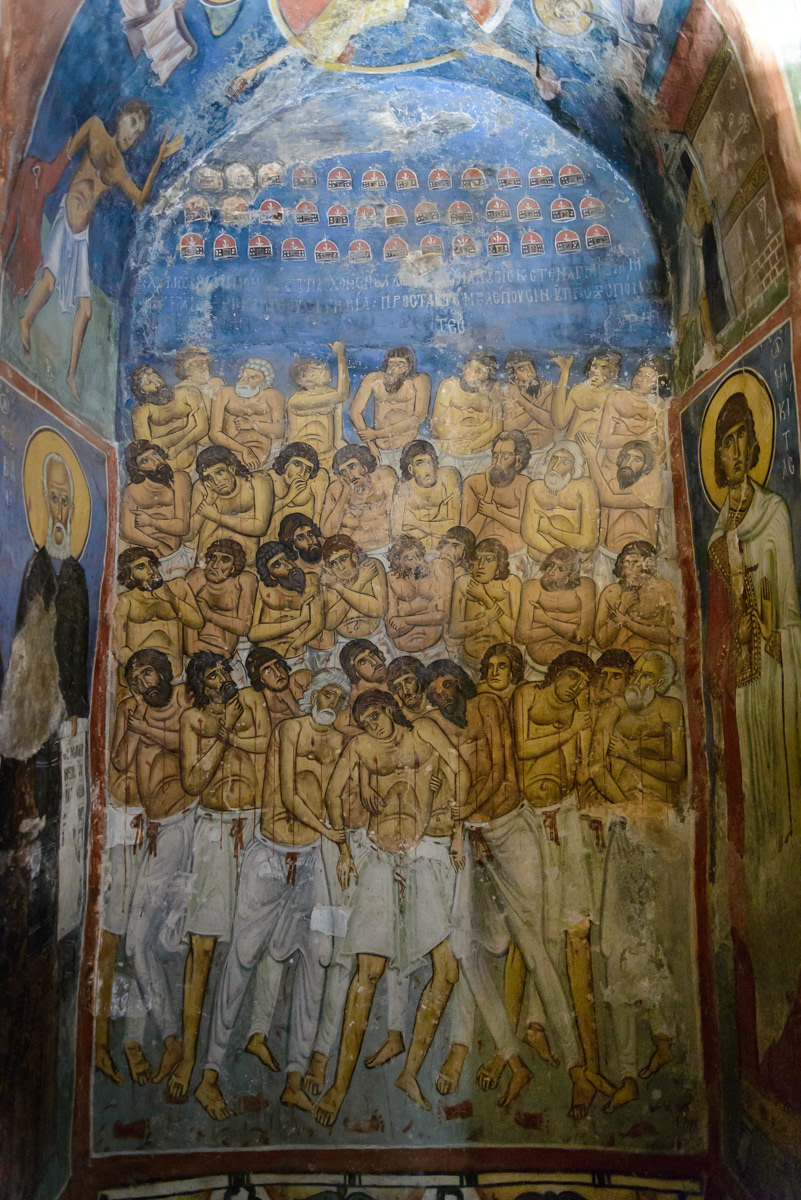
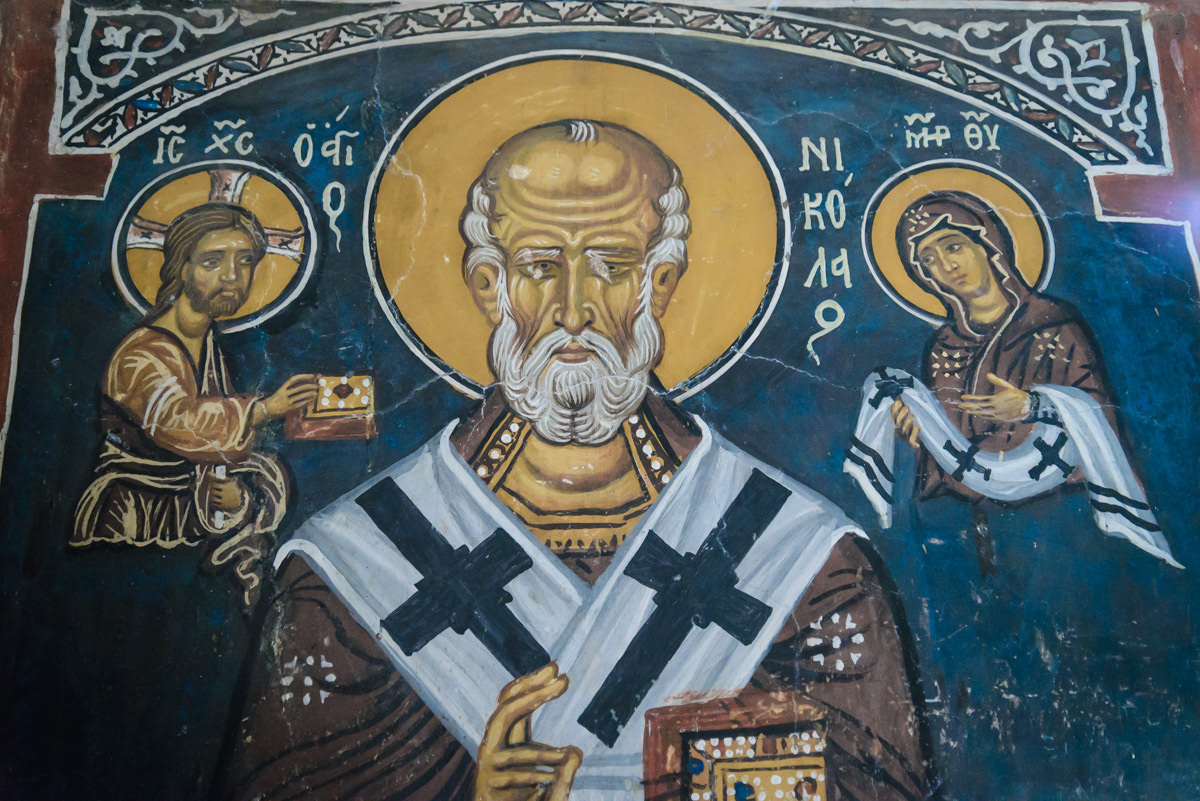
Return to Cyprus - Churches, Mosques, and Chapels
